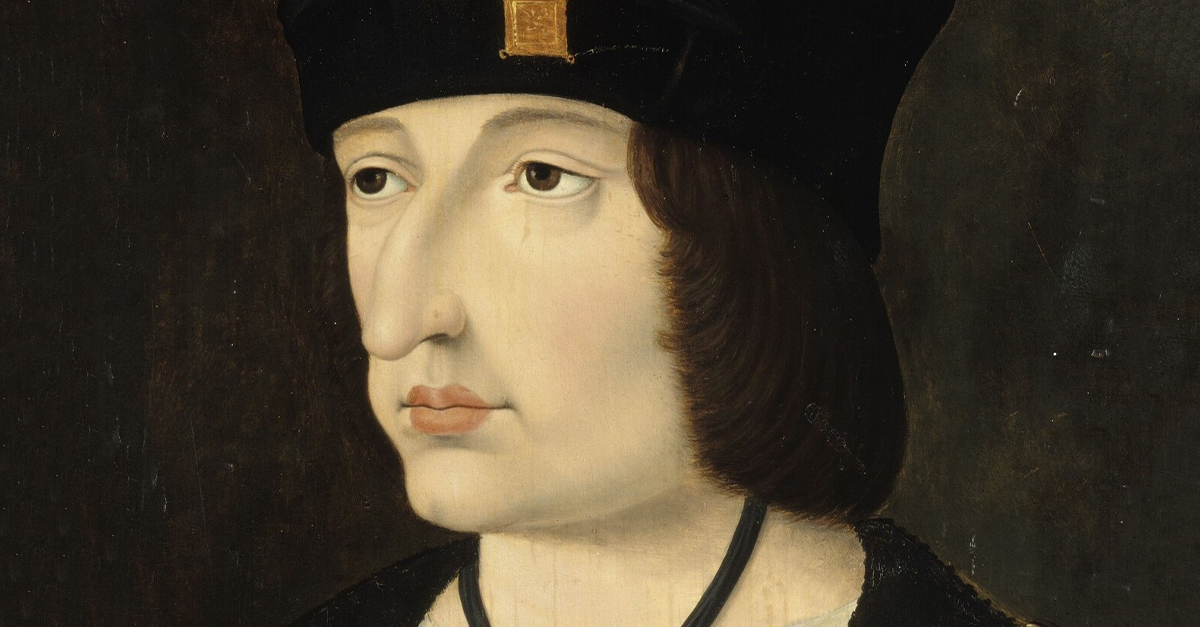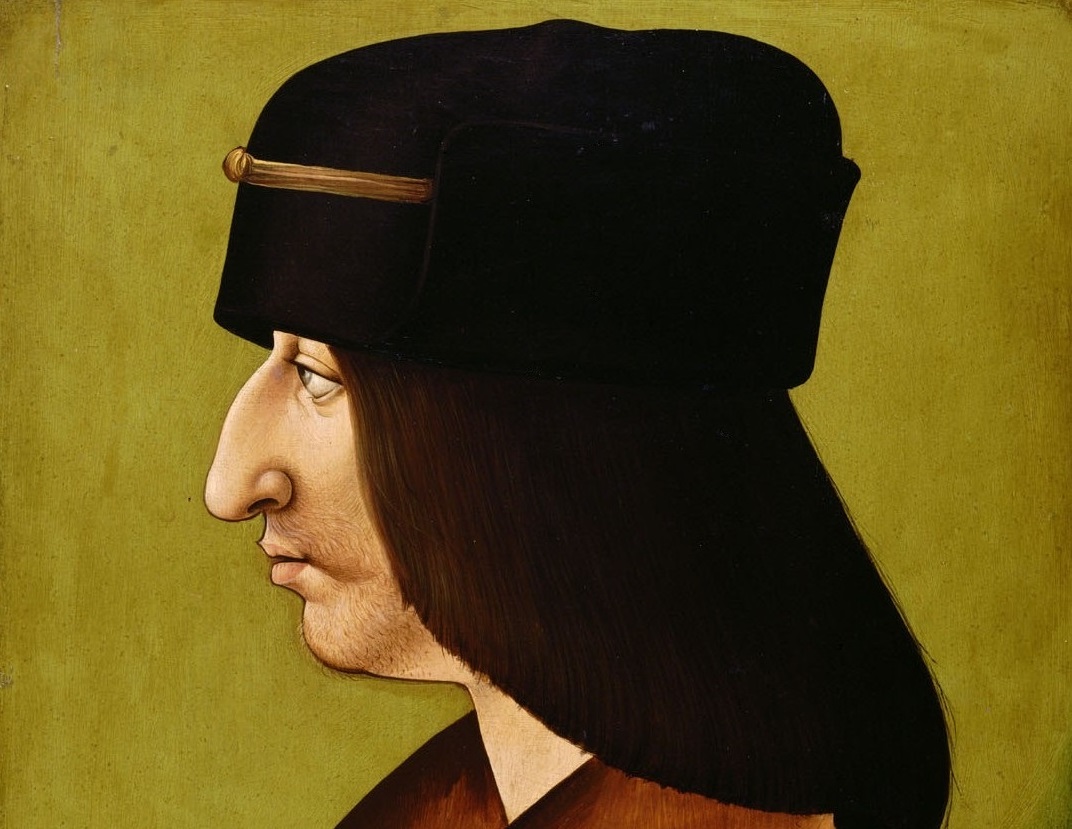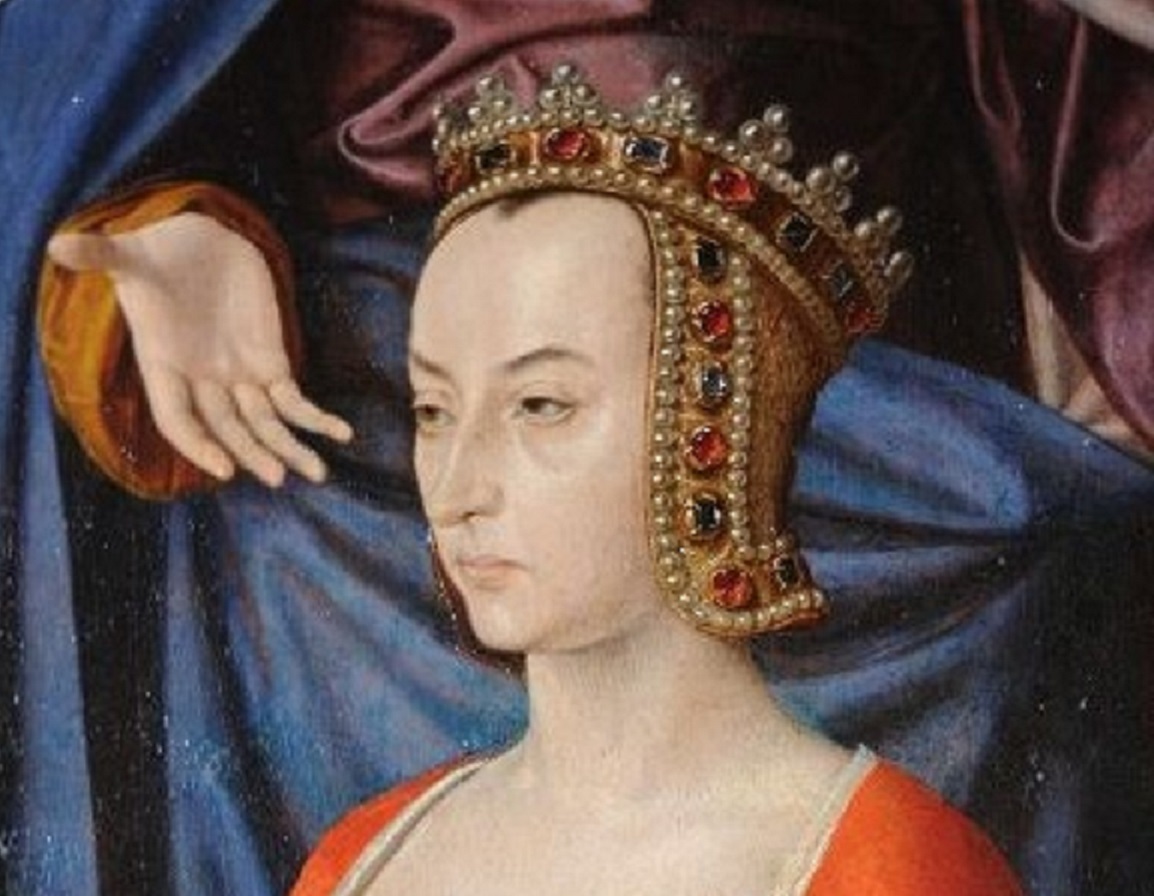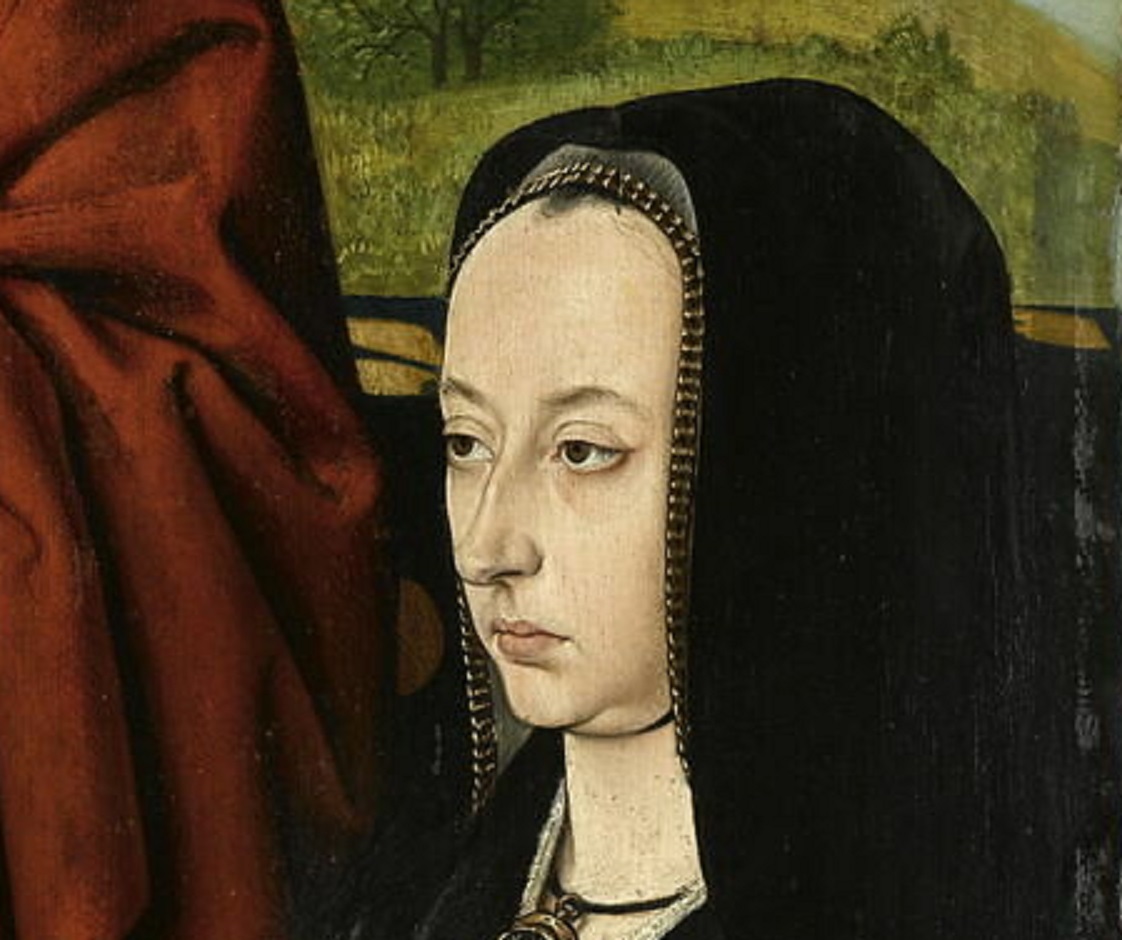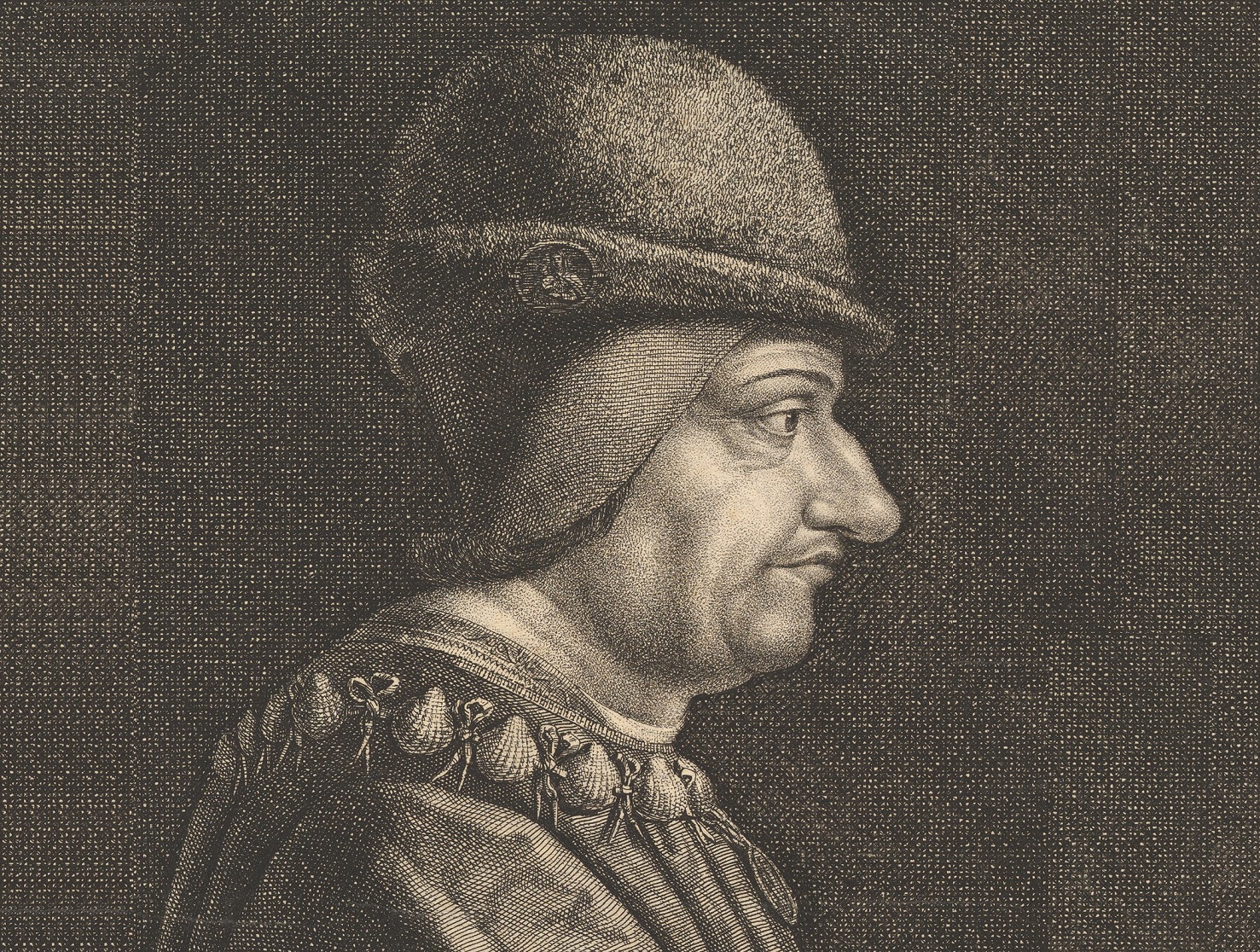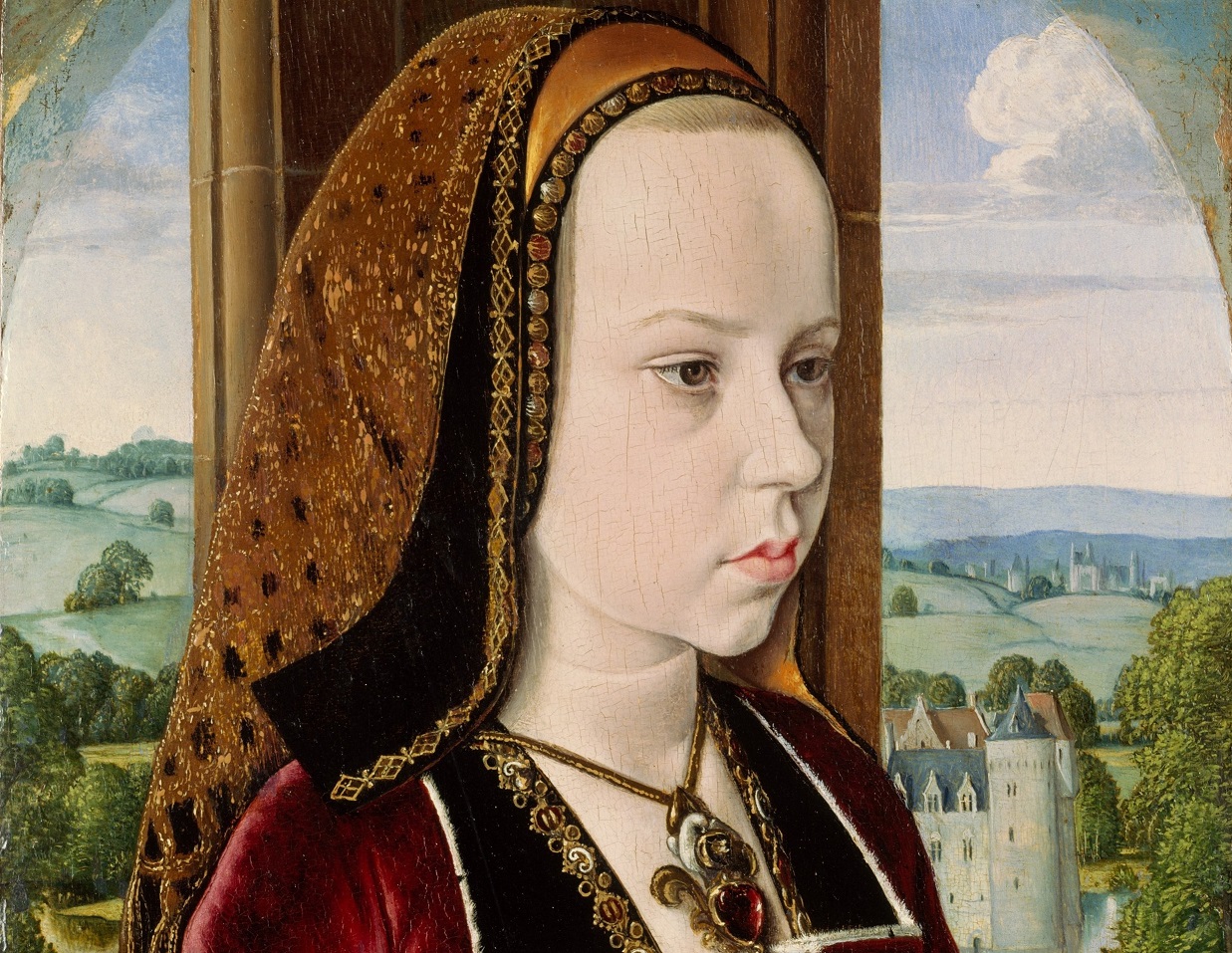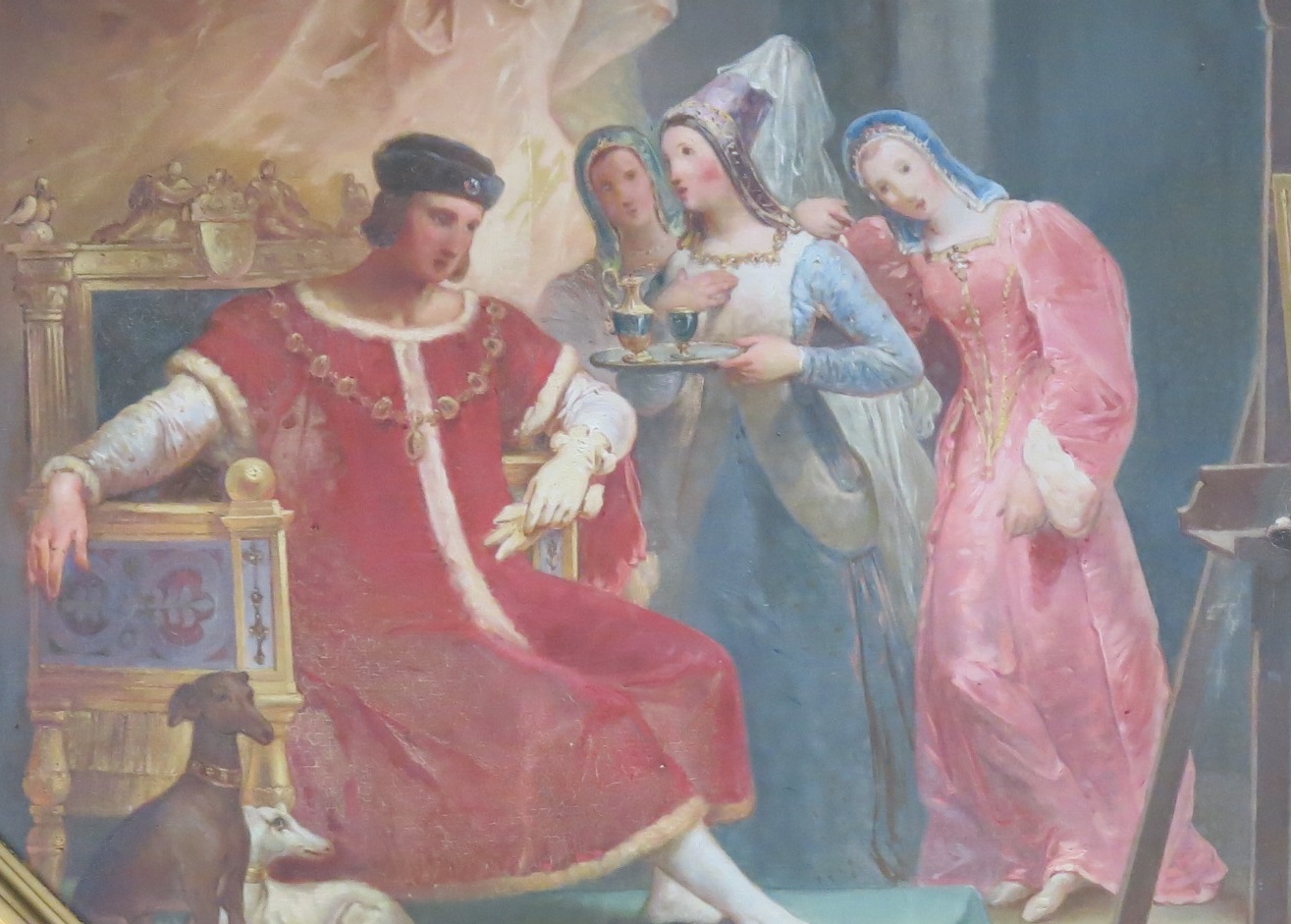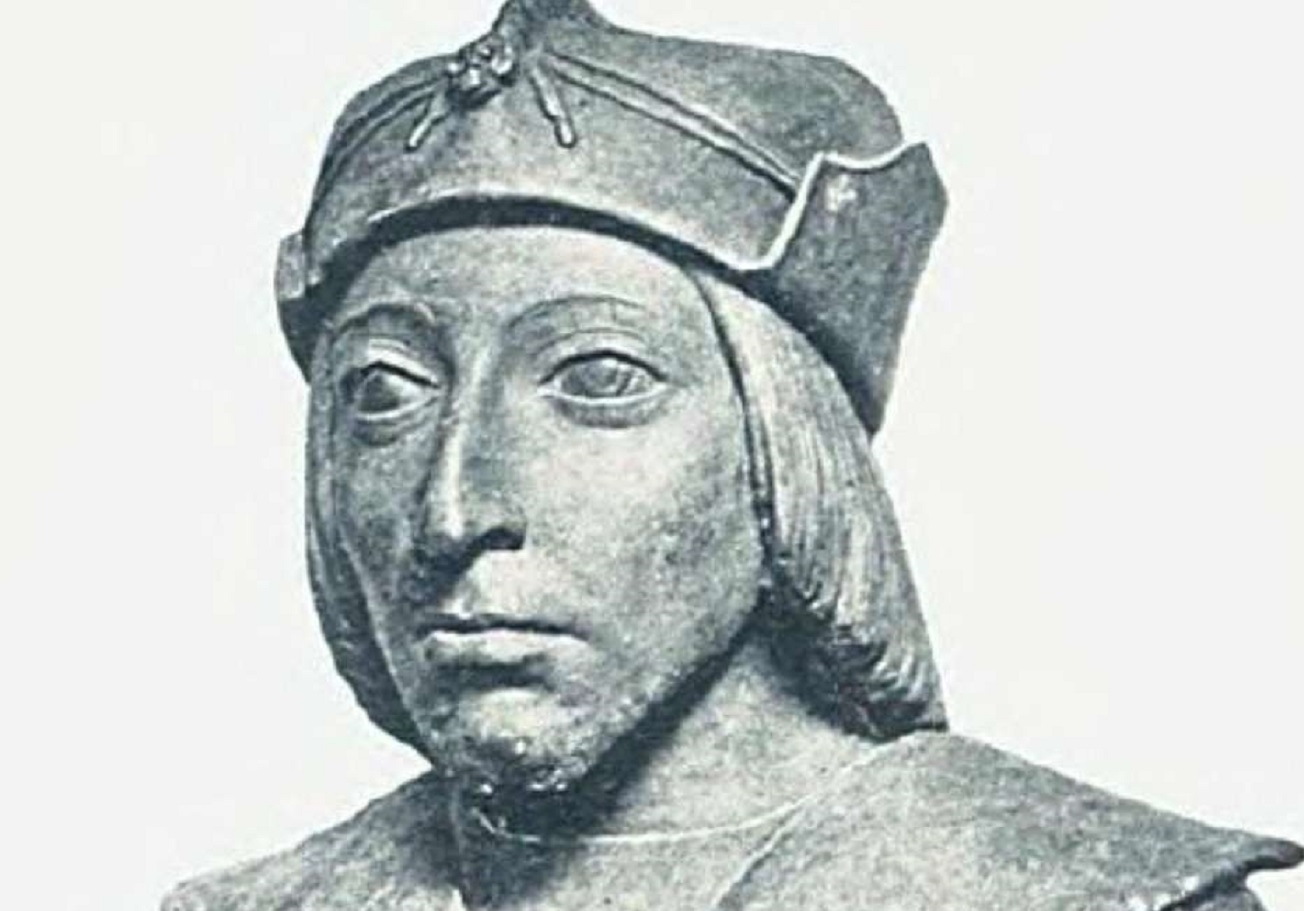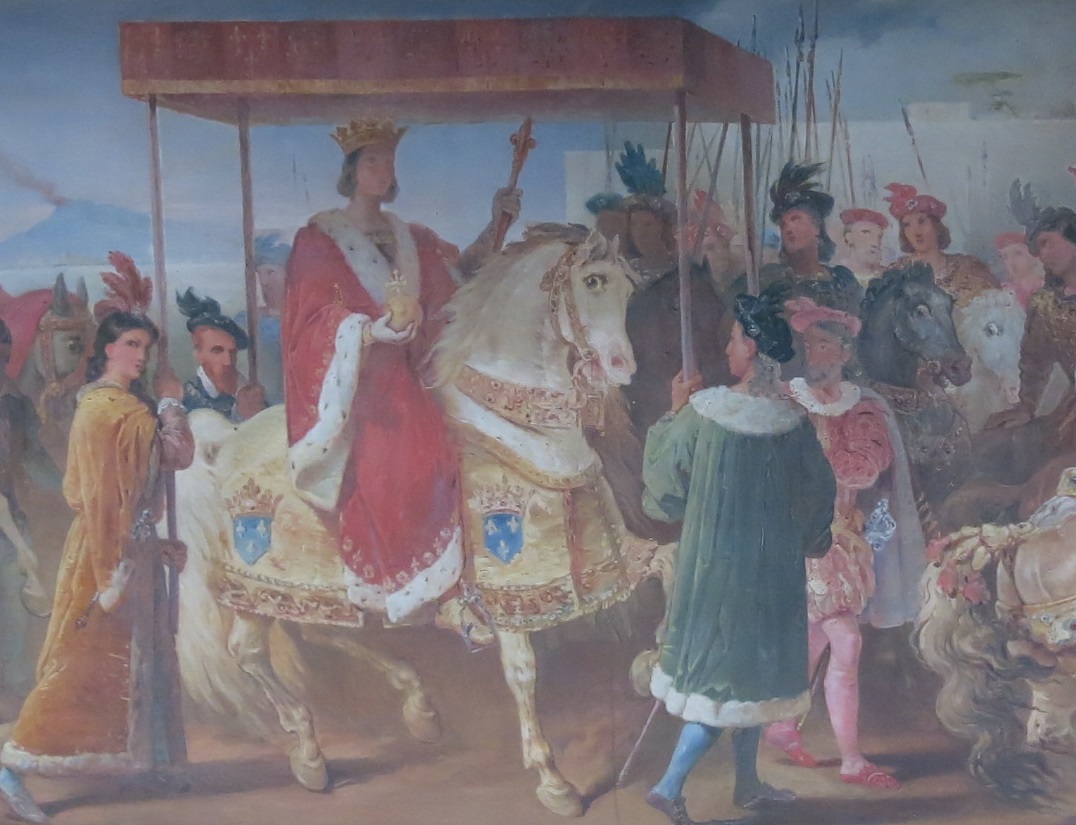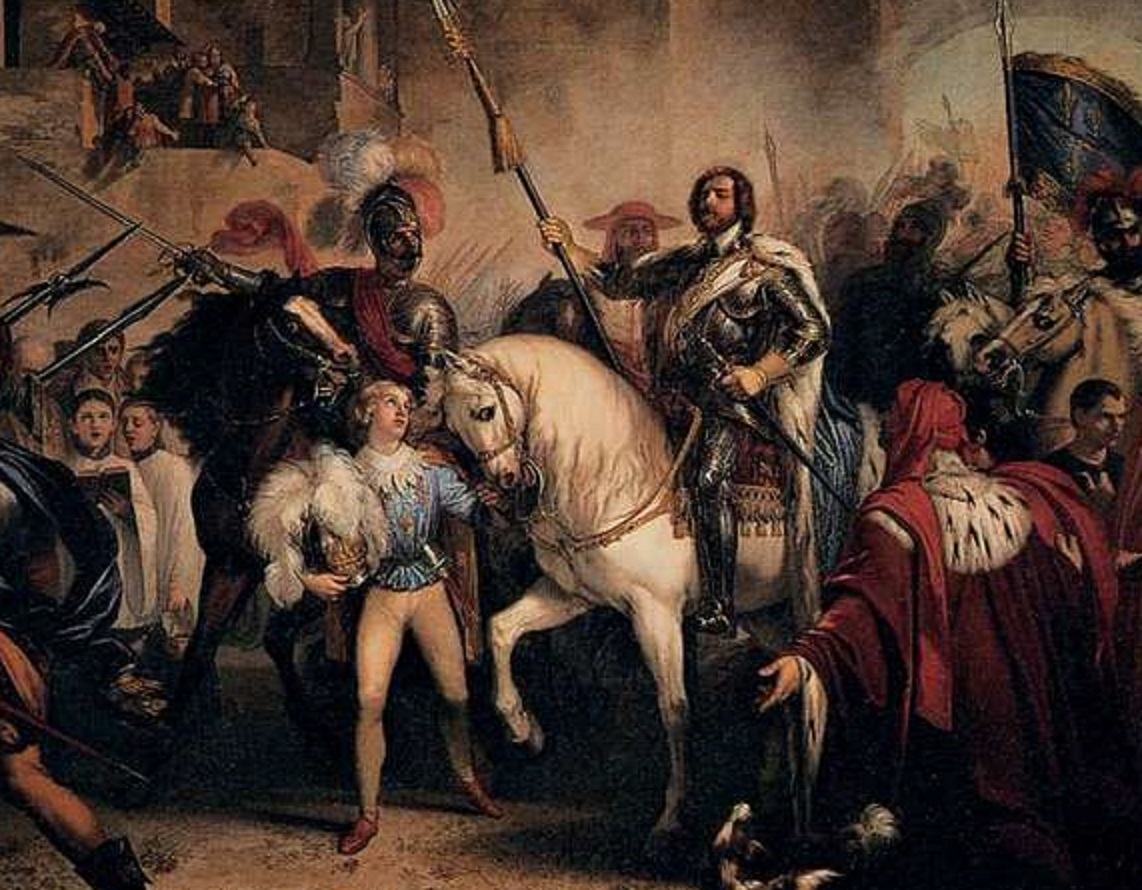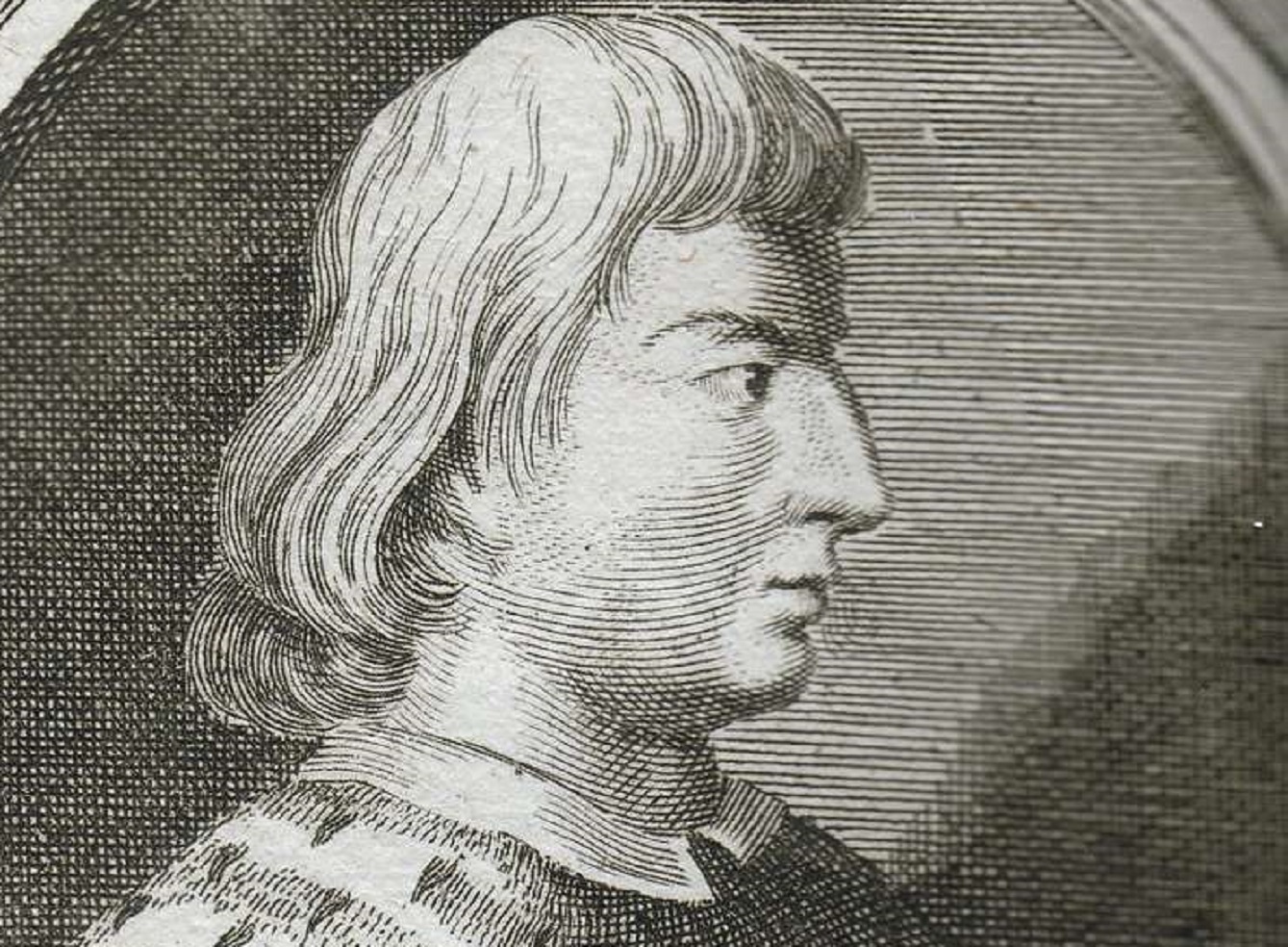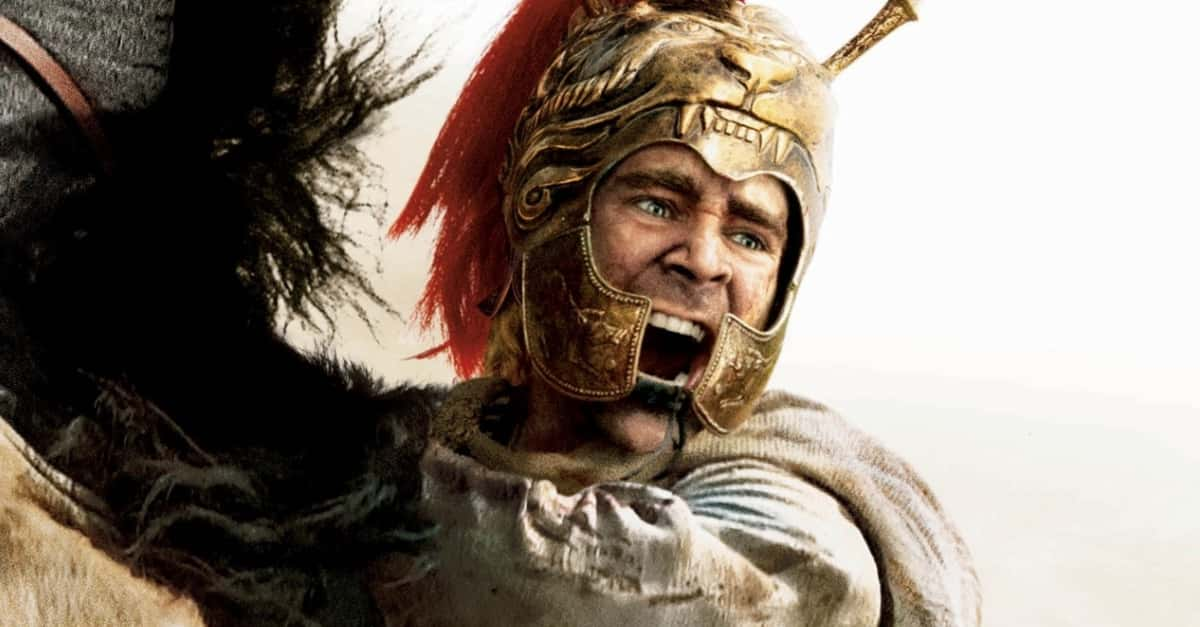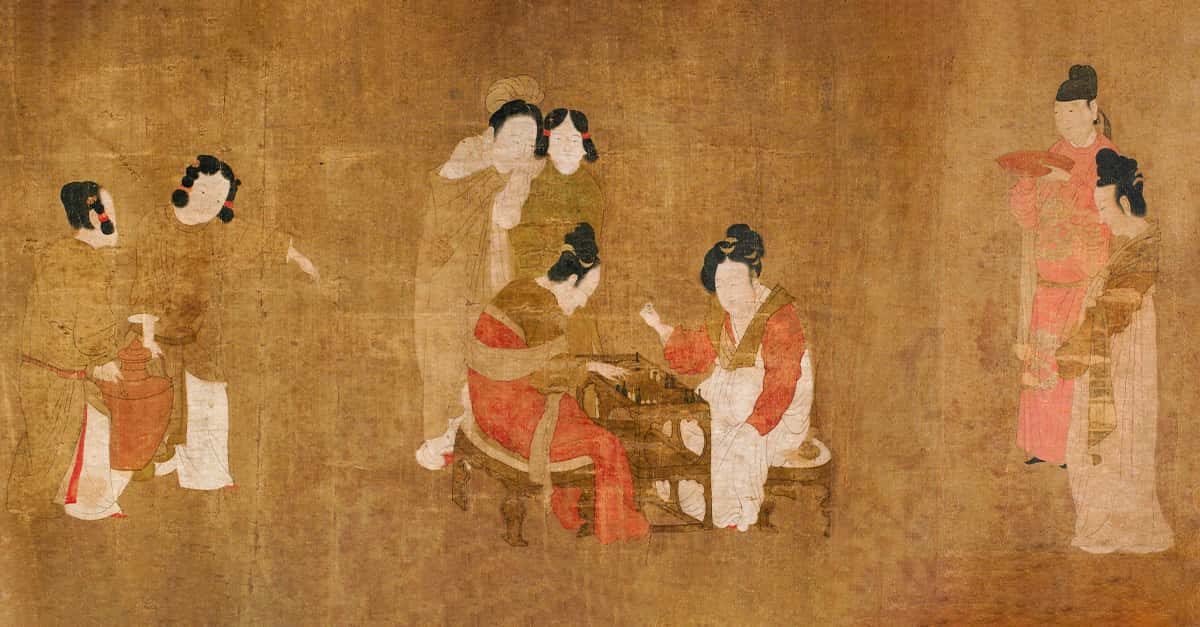He Was Seriously Underestimated
Charles VIII of France might have been the ugliest ruler to ever claim the crown. But his enemies underestimated him at their peril.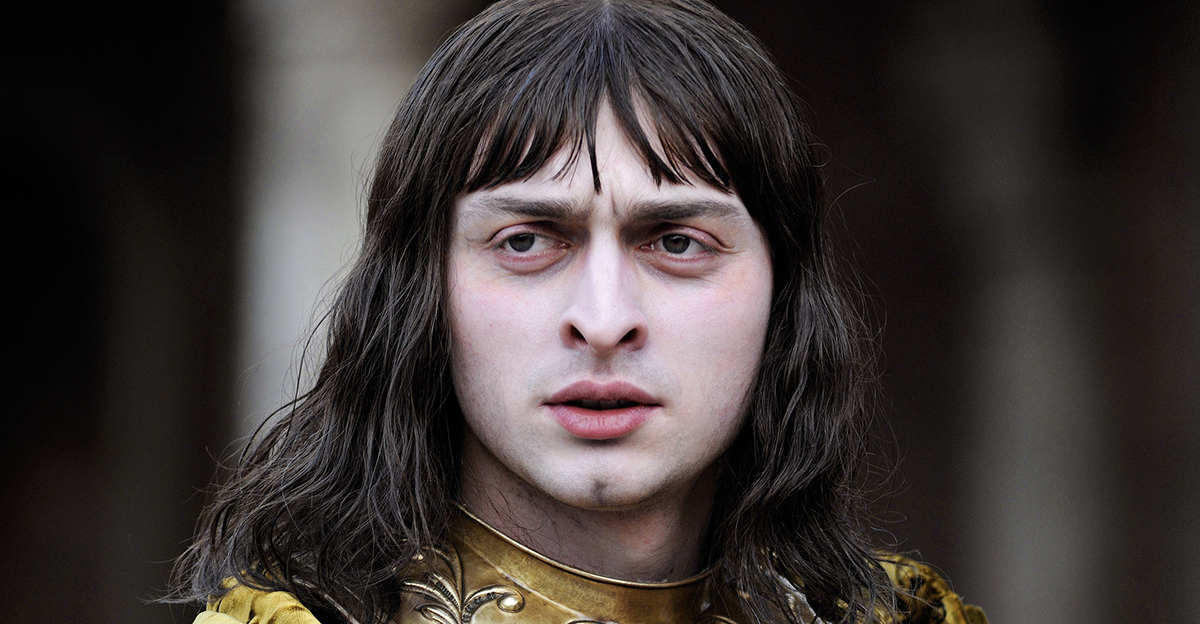
1. He Looked Like An Ogre
Charles VIII was not exactly easy on the eyes. His ogre-like appearance, however, was no reason to underestimate him. It also didn’t stop him from becoming a rabid womanizer and one of the “most lewd men in France”. However, there was just one naysayer that Charles VIII couldn’t get the better of: a doorframe.
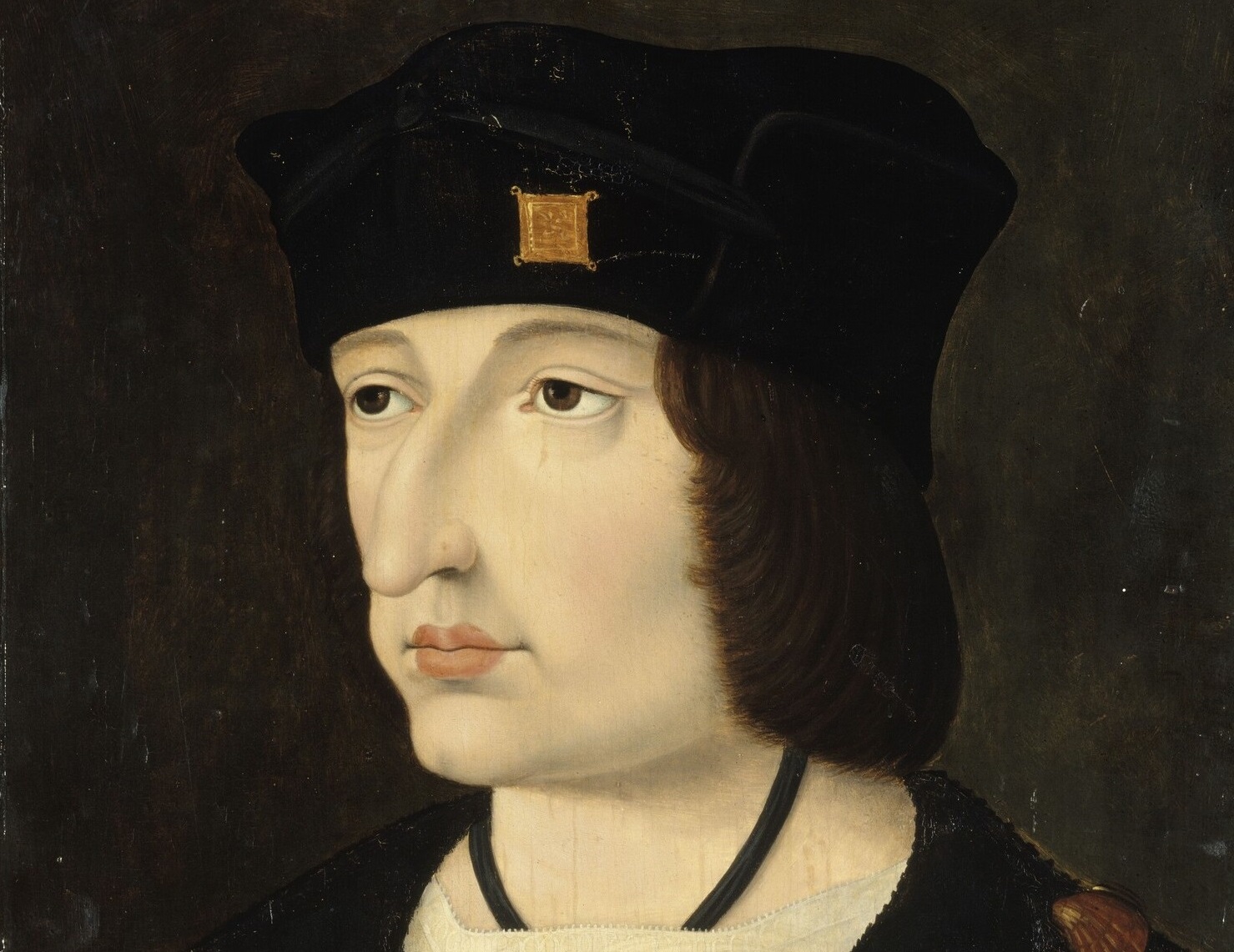 After Jean Perréal, Wikimedia Commons
After Jean Perréal, Wikimedia Commons
2. He Was The Only Survivor
Charles VIII of France was born in June 1470. It’s doubtful that anyone would have called him a cute baby, but, unlike most of his siblings, at least he survived into adulthood. He was the only son born to King Louis XI and his wife, Charlotte of Savoy, to make it past the age of three. His enemies underestimated him from the beginning.
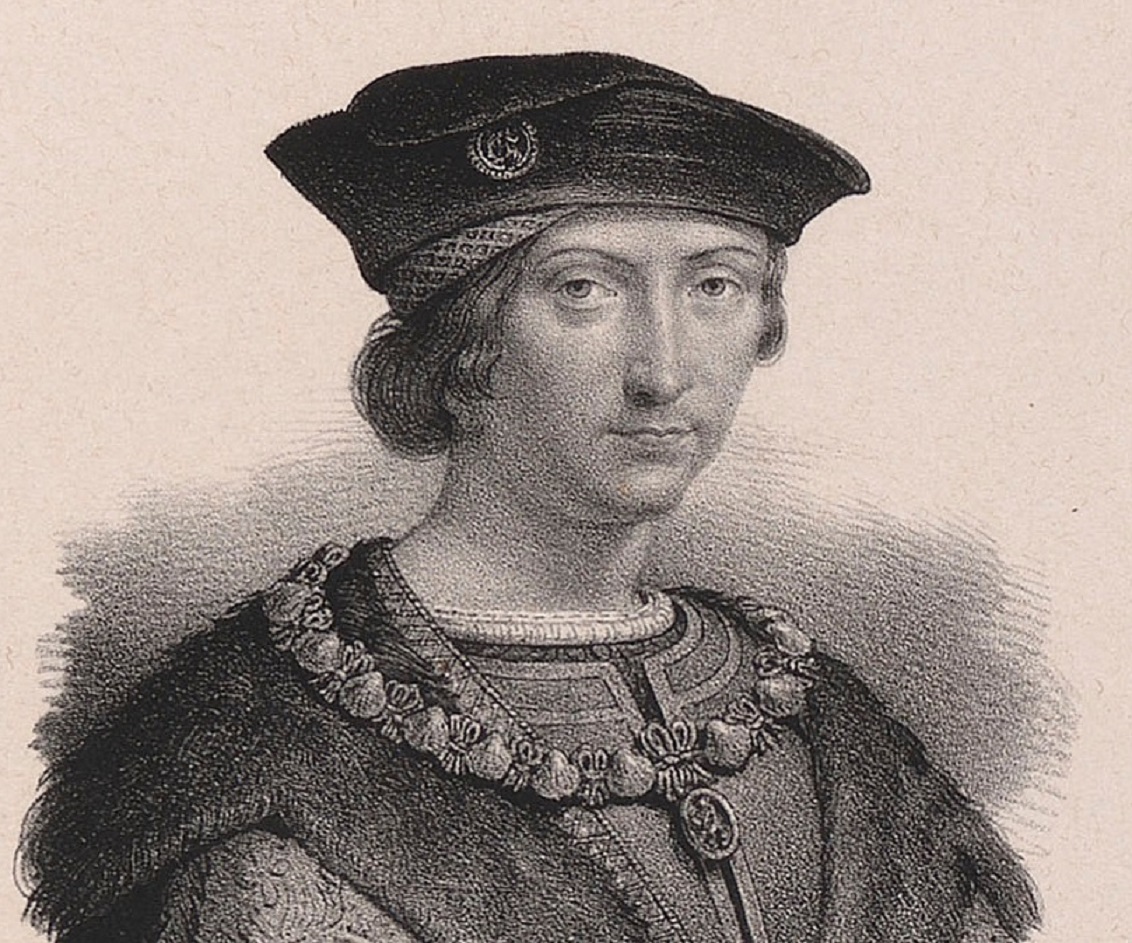 François-Séraphin Delpech, Wikimedia Commons
François-Séraphin Delpech, Wikimedia Commons
3. His Courtiers Doubted Him
Throughout his entire life, Charles VIII suffered from poor health—and even worse looks. Most of the courtiers and nobles that surrounded him believed that, like many of his older siblings, he would not make it into adulthood. They all turned out to be horribly wrong. Soon, they would be bowing at his feet.
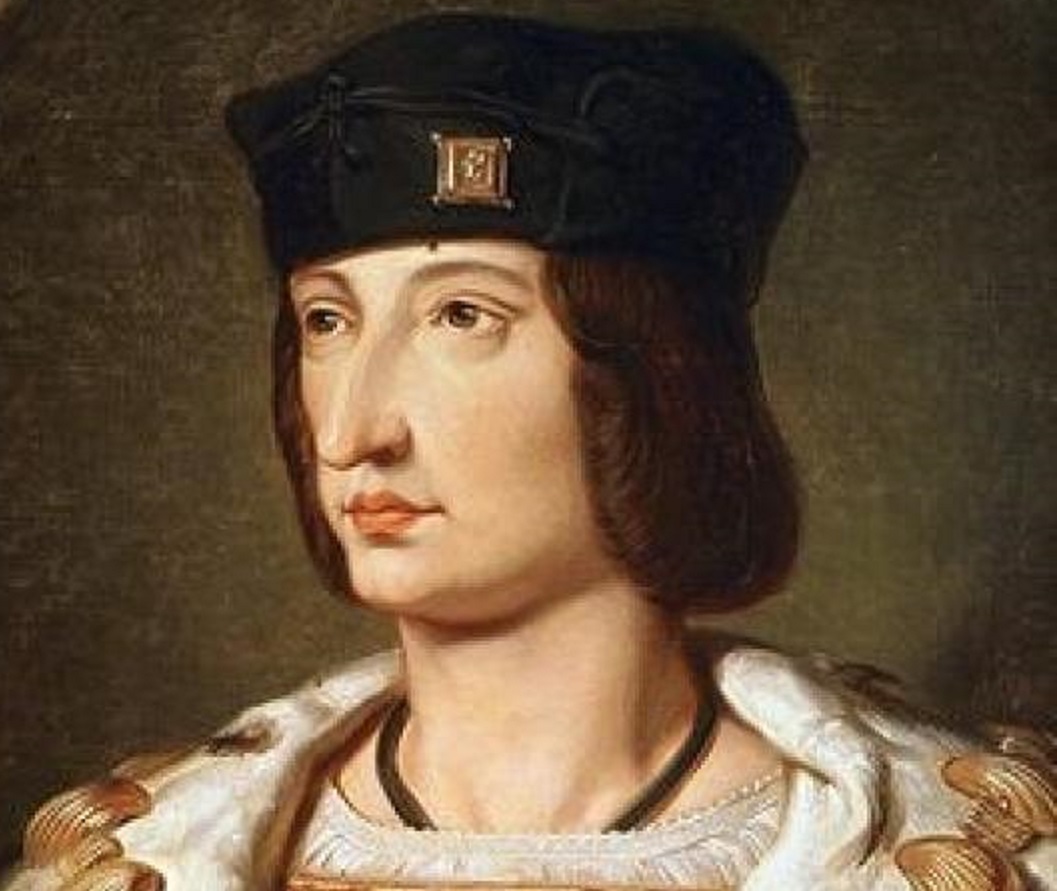 Johns Hopkins University, CC BY-SA 4.0, Wikimedia Commons
Johns Hopkins University, CC BY-SA 4.0, Wikimedia Commons
4. He Was A Boy King
Charles VIII might not have had looks on his side, but he had luck. He ascended to the throne sooner than anyone had expected. After years of illness, his father King Louis XI passed away and left Charles VIII to fend for himself at just 13 years of age. No one believed that the ugly little ogre child could fill his father’s shoes.
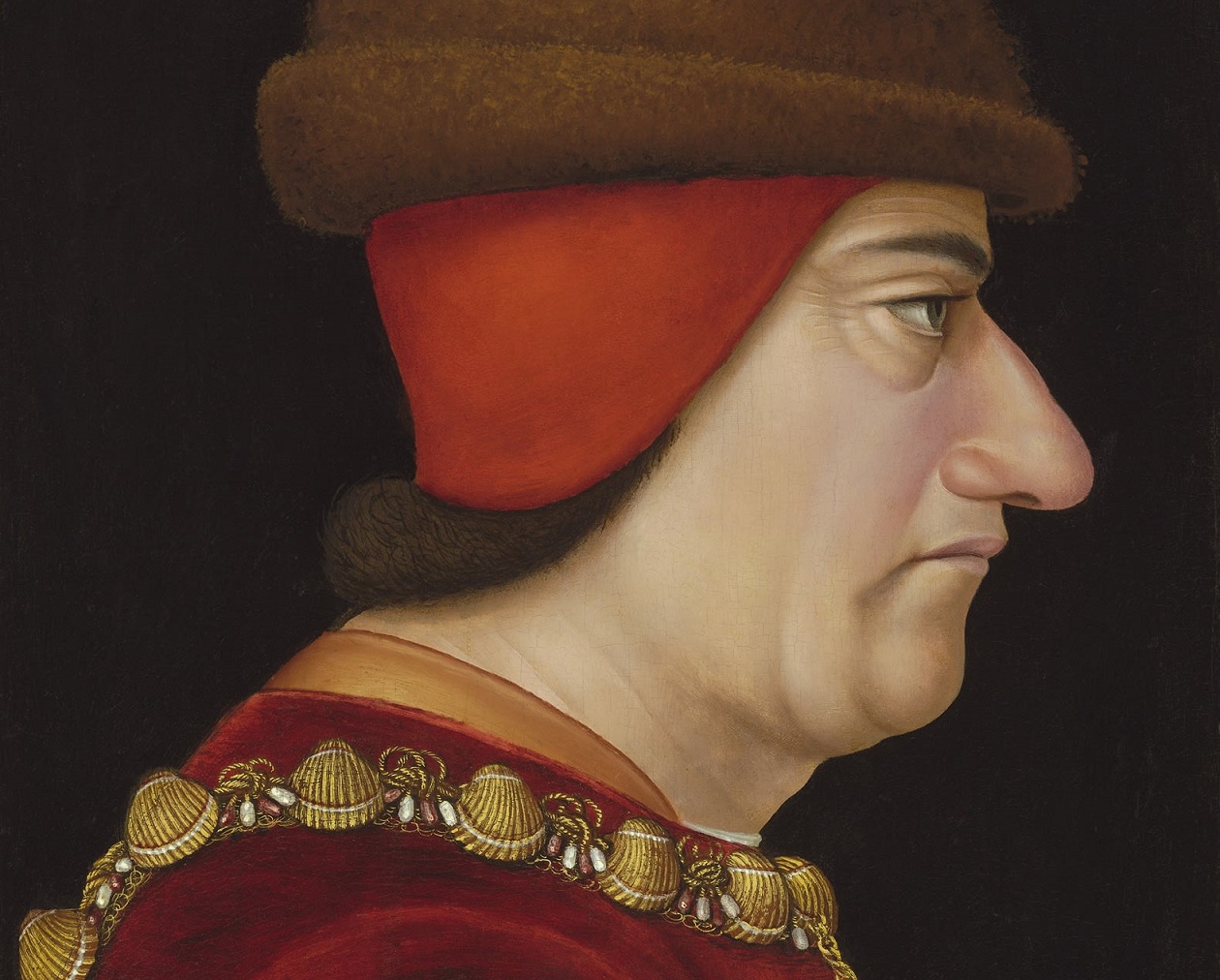 Jacob de Littemont, Wikimedia Commons
Jacob de Littemont, Wikimedia Commons
5. He Was “Pleasant”
His poor health and mirror-shattering appearance aside, no one believed that Charles VIII was ready to succeed his father. While the courtiers around him thought that the young Charles VIII had a “pleasant disposition”, they did not think that he would be able to wear the crown. And not just because of his personality.
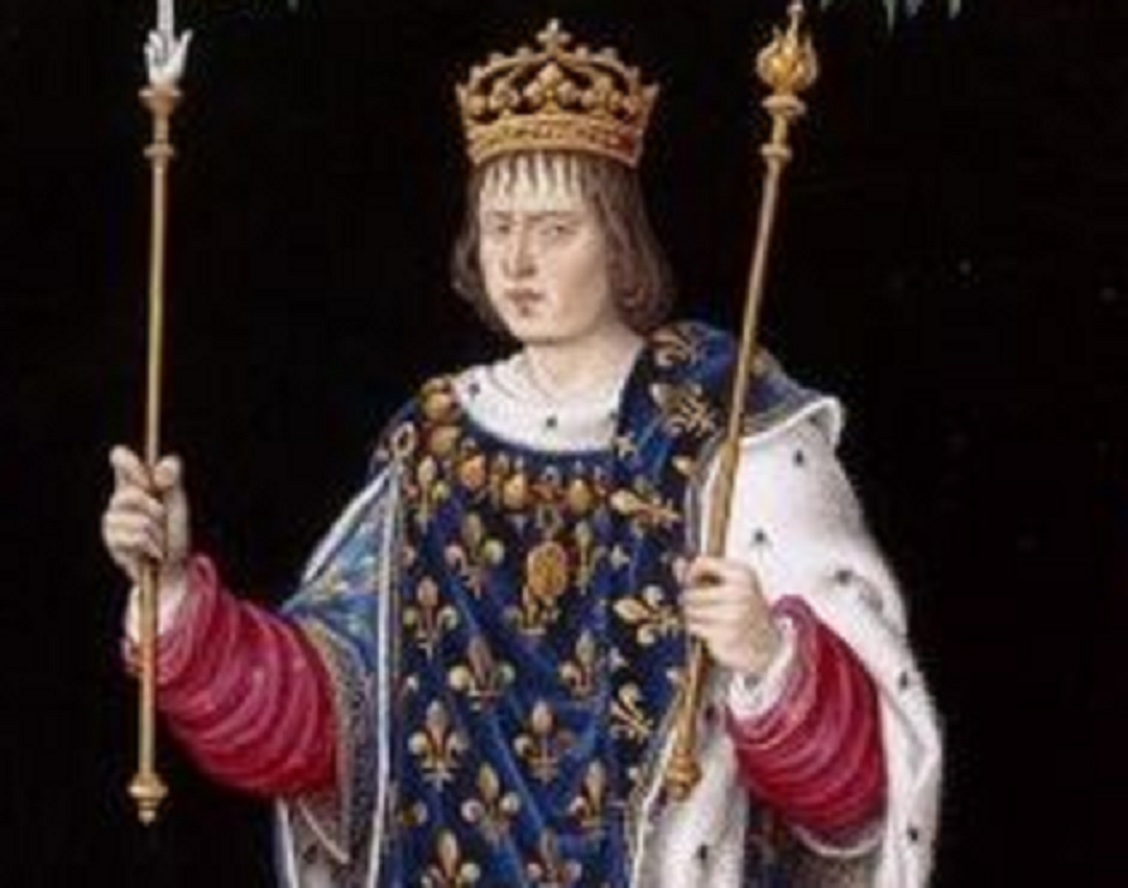 Michaelsanders , Wikimedia Commons
Michaelsanders , Wikimedia Commons
6. He Had A Massive Head
Weary is the head that wears the crown—unless that head is enormous and belongs to the boy king of France. According to contemporary sources, one of Charles VIII’s many deformities included a particularly large head. Unfortunately for Charles VIII, no one believed that his colossal cranium contained a bigger than average brain.
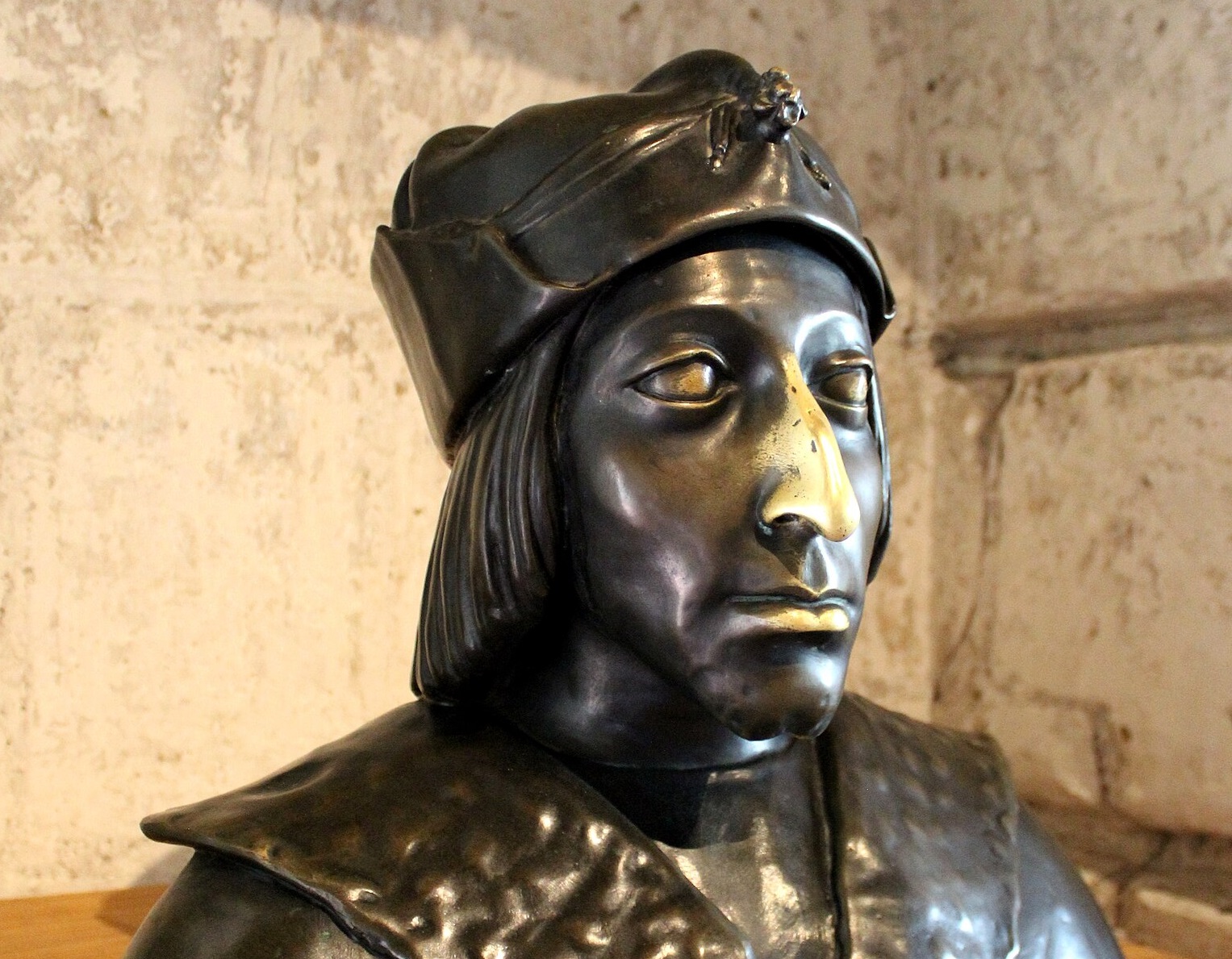 Kaho Mitsuki, CC BY-SA 4.0, Wikimedia Commons
Kaho Mitsuki, CC BY-SA 4.0, Wikimedia Commons
7. He Was A Fool
Charles VIII was just a boy when it came time for him to take the throne. That didn’t spare him from harsh criticism. The conspiring courtiers around him whispered that he was too “foolish” and ill-equipped to deal with the serious matters of running France. Particularly given that they were surrounded by enemies on all sides.
8. His Sister Took Over
Those contemptible courtiers in France weren’t the only ones who lacked confidence in Charles VIII. Even his dearly departed father didn’t think that his only surviving son was ready to wear the crown. As such, Louis XI had named Charles VIII’s older sister, Anne, as regent until the ogre child came of age.
But Charles was more powerful than anyone knew.
9. He Wanted His Crown Back
Whereas everyone believed that Charles VIII was too “foolish” to be king, his sister was the exact opposite. Louis XI praised his daughter as “the least foolish woman in France”. But while everyone at court praised Anne as “formidably intelligent” and “shrewd”, Charles VIII plotted in the background to assert his power.
10. His Father Arranged His Marriage
Probably fearing that his ugly son wouldn’t be able to find a suitable match, Louis XI arranged a marriage for Charles VIII before he passed. In an attempt to secure France’s borders, Louis XI promised Charles VIII to Margaret of Austria, daughter of the future Holy Roman Emperor Maximilian I.
But Charles VIII didn’t need help finding a woman.
11. He Wanted Another Woman
Fortunately for Charles VIII, when his father had arranged his marriage, the bride-to-be was barely out of diapers. Charles VIII’s betrothed, Margaret of Austria, was just three years old at the time of the engagement. That meant that he had plenty of time to go rampaging through Europe’s boudoirs to find a woman he preferred.
12. He Was Opportunistic
Throughout his reign, Charles VIII always knew how to make the best of a bad situation. So, when Francis II, Duke of Brittany fell off of his horse and passed away, Charles VIII saw an opportunity. He was about to turn Francis II’s bad luck into his own good fortune—and weasel his way out of his undesirable pre-arranged marriage in the process.
 Adam Bishop, CC BY-SA 3.0, Wikimedia Commons
Adam Bishop, CC BY-SA 3.0, Wikimedia Commons
13. He Wanted Brittany
After falling off of his horse, Francis II left behind his only child, a daughter, Anne of Brittany, as his heir. Fearing for the independence of her territory from Charles VIII’s ambitious gaze, she decided to marry the father of Charles VIII’s betrothed—i.e., the all-powerful Emperor Maximilian I. Charles VIII saw an opportunity he couldn’t pass up. Jean Bourdichon, Wikimedia Commons
Jean Bourdichon, Wikimedia Commons
14. He Had A Weird Way Of Flirting
Once he got the news of Anne of Brittany’s marriage-by-proxy to Emperor Maximilian I, Charles VIII did what any ogre would do: He crashed the party. He descended on Anne's hometown of Rennes with the full might of his army and laid siege to the place for two months. It was his way of saying, “Will you marry me?”
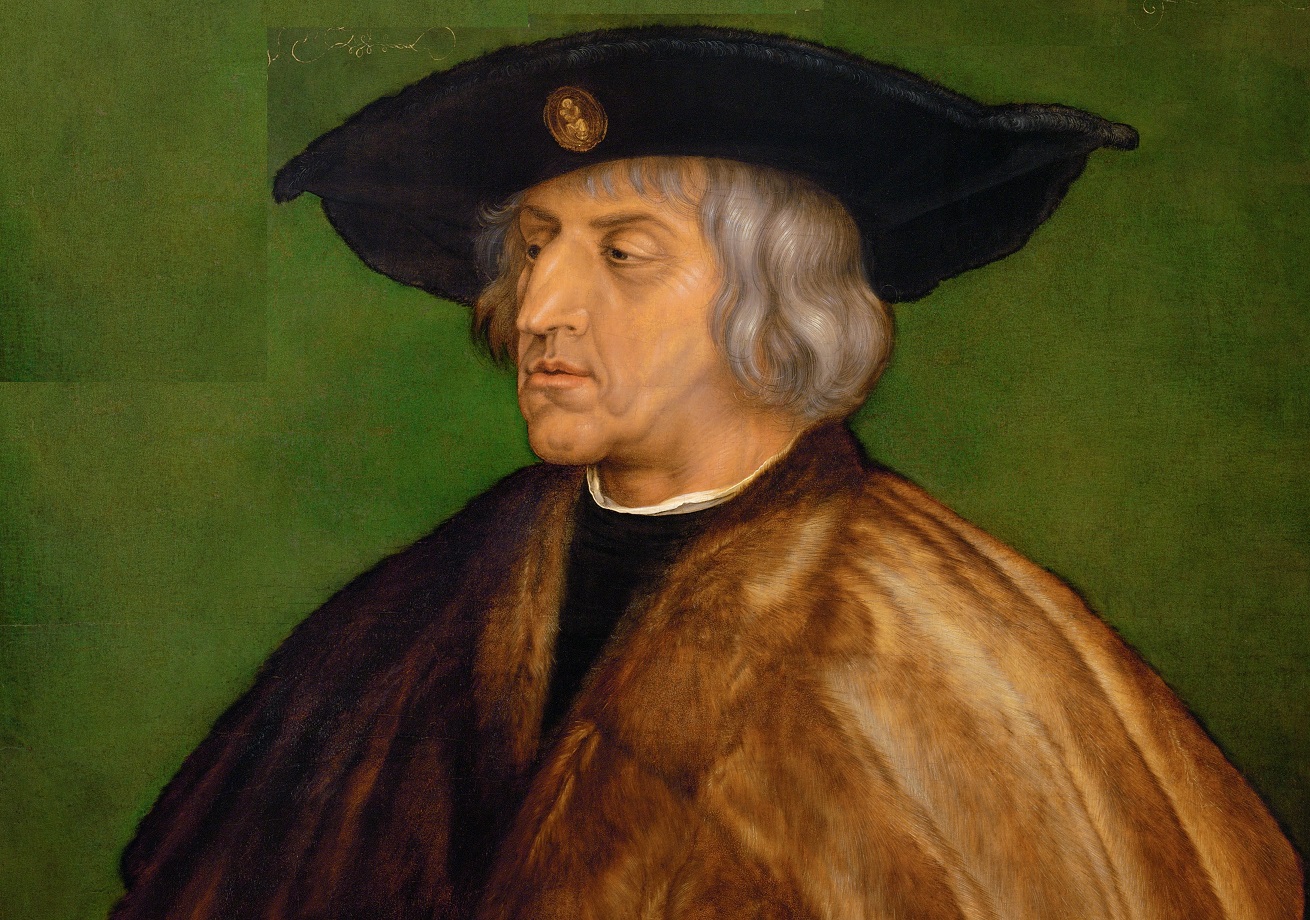 Albrecht Dürer, Wikimedia Commons
Albrecht Dürer, Wikimedia Commons
15. He Forced His New Bride Into Marriage
Besieged by the ugly ogre king of France, Anne of Brittany had no choice but to surrender. Charles VIII, however, was nothing if not merciful—and extremely horny. He proposed his hand in marriage to the 14-year old Anne. Defeated and miles away from her husband who she'd never met, Emperor Maximilian I, Anne had no choice but to agree to the marriage.
Even if she really didn’t want to.
16. His Wife Kept A Separate Bed
If Charles VIII was under the impression that his new bride could see past his revolting exterior to his tender heart, he quickly learned otherwise. She showed up to their rushed wedding ceremony at Château de Langeais with two beds. The implication was pretty obvious but in case it wasn’t clear enough, she sent an even more obvious message.
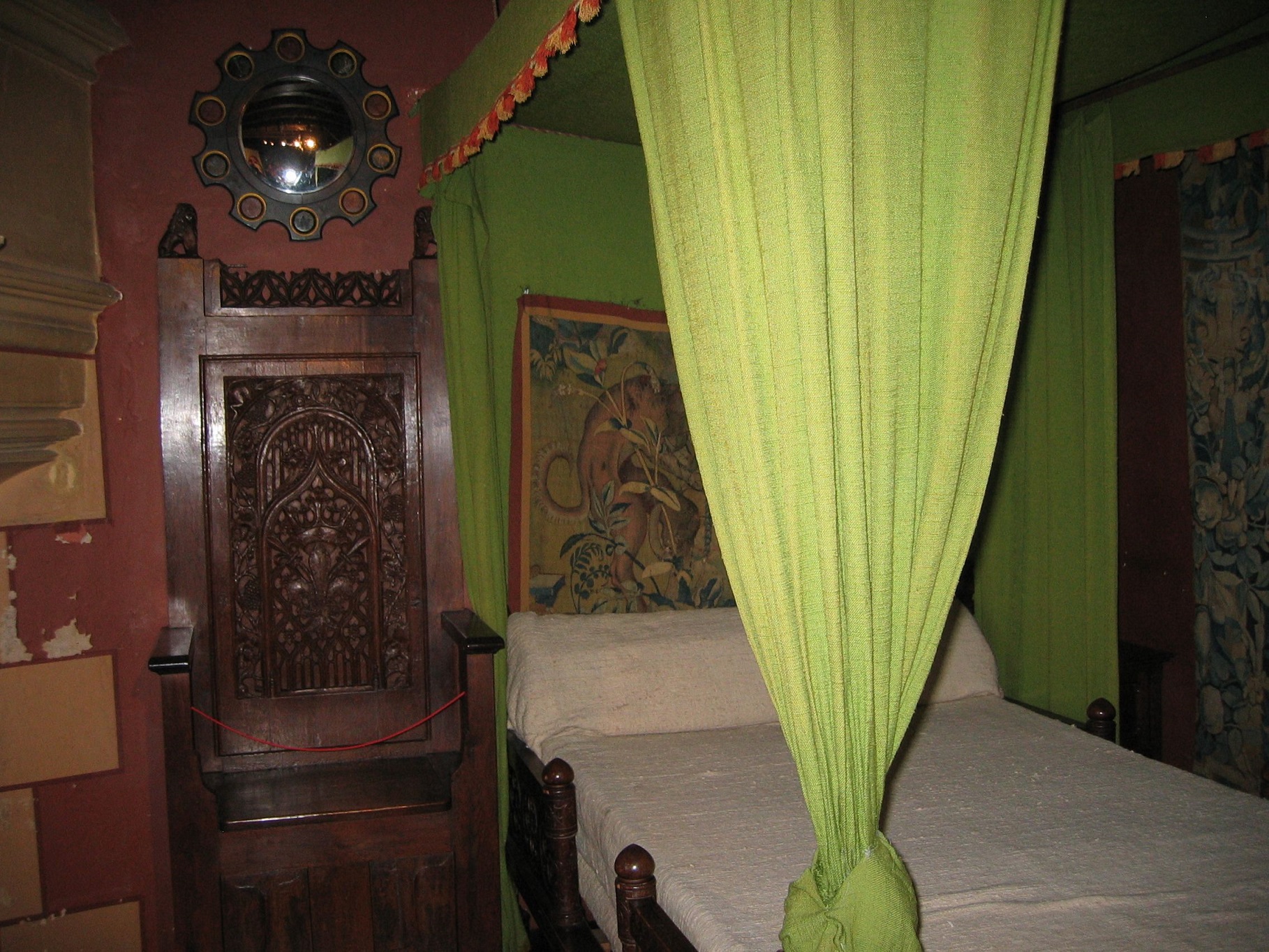 Popolon, CC BY-SA 3.0, Wikimedia Commons
Popolon, CC BY-SA 3.0, Wikimedia Commons

History's most fascinating stories and darkest secrets, delivered to your inbox daily.
17. His Wife Had A Large Wedding Party
Some people have bridesmaids—others have armies. Charles VIII had roundly defeated his new bride’s army in battle. But he couldn’t beat them in marriage. Anne of Brittany turned up at the wedding ceremony with her entire army in tow as a clear sign of her objection to the match. And she wasn’t the only one who voiced an objection.
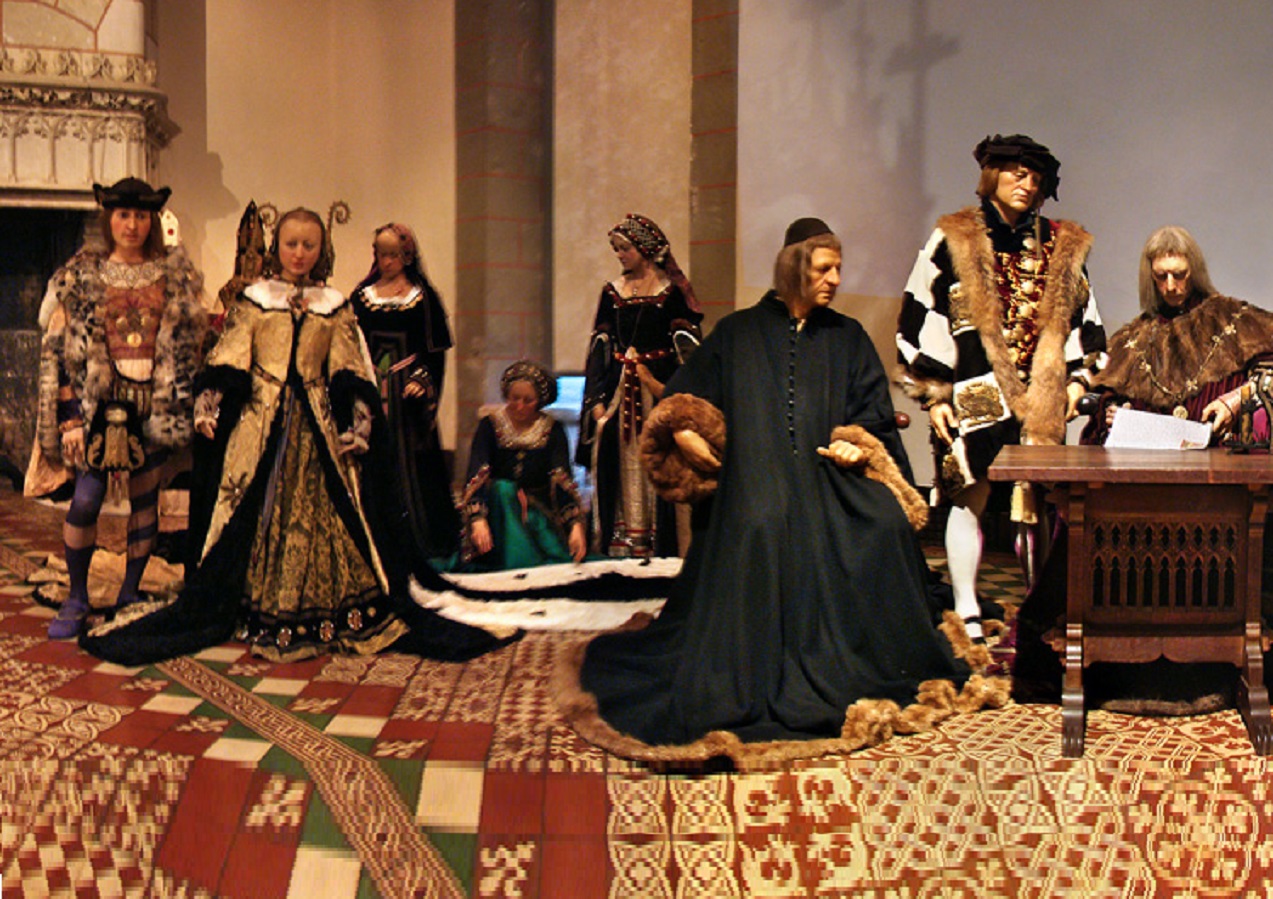 Tango7174, CC BY-SA 4.0 ,Wikimedia Commons
Tango7174, CC BY-SA 4.0 ,Wikimedia Commons
18. He Angered His New Wife’s Old Husband
Charles VIII’s clever maneuvering might have earned him a more desirable bride, but it also earned him a mortal enemy. Emperor Maximilian I was even more upset at Charles VIII’s deception than Anne of Brittany. He went straight to the Holy See to complain about the match, saying that it was not a legal marriage. He wasn’t wrong.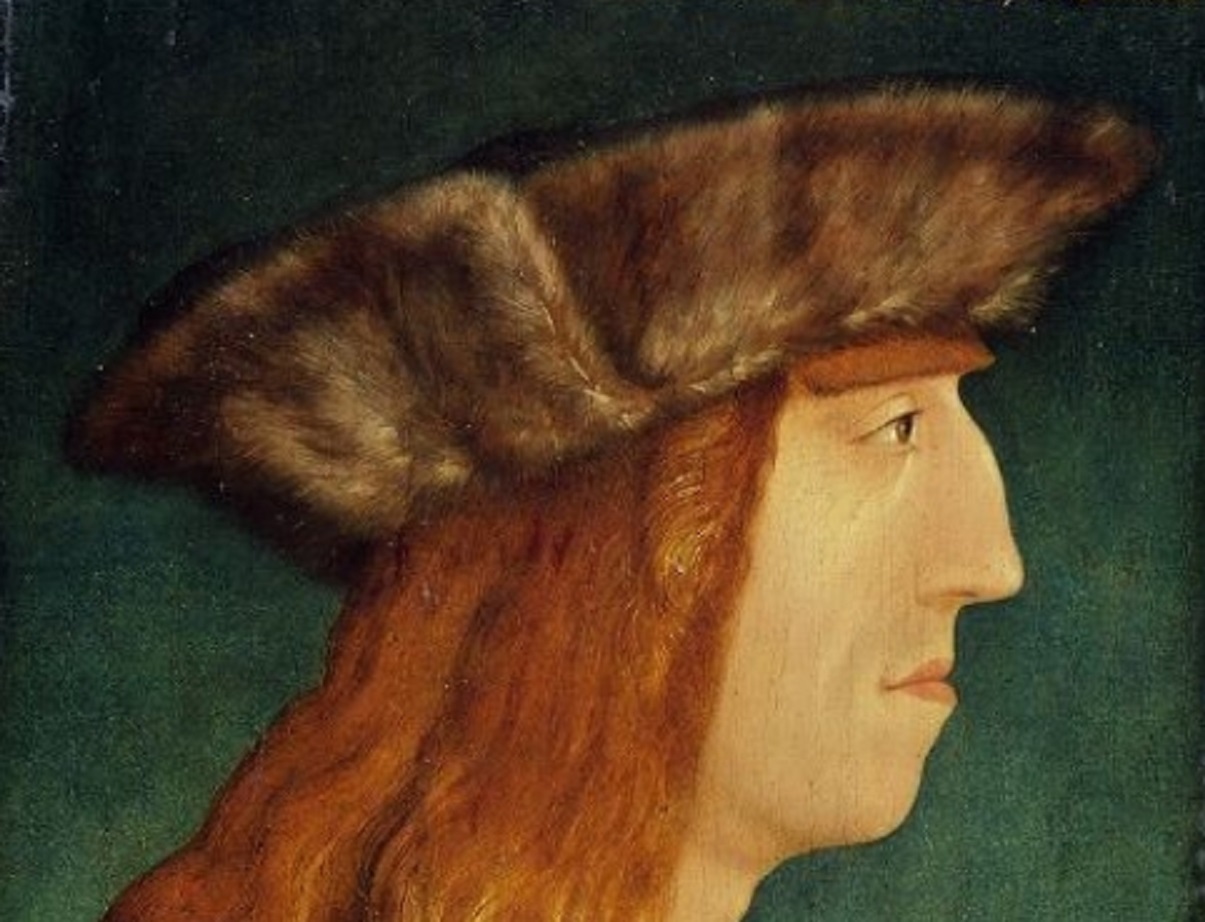 Unknown Author , Wikimedia Commons
Unknown Author , Wikimedia Commons
19. His Marriage Wasn’t Actually Legit
Charles VIII knew that his marriage to Anne of Brittany wasn’t exactly legitimate. On the one hand, he was still, technically, engaged to Margaret of Austria. On the other hand, Anne of Brittany was technically married to his would-be father-in-law, Emperor Maximilian I, by way of proxy.
Lurking in that enormous head, however, was a devious brain.
20. He Outsmarted The Emperor
Knowing that his situation was a precarious one, Charles VIII conducted his marriage to Anne of Brittany in haste. The rushed ceremony occurred largely behind closed doors and under a cloud of secrecy. But, once again, he had outsmarted Emperor Maximilian I and hatched his own plan with the Holy See.
He proved once and for all that he was not, in fact, a fool.
21. He Had The Pope Fix Everything
Charles VIII made a deal with Pope Innocent VIII to outmaneuver both Emperor Maximilian I and Anne of Brittany. The marriage was going to stick, even if he was the only one who wanted it to. He had the Pope agree to annul Anne of Brittany’s marriage-by-proxy to Maximilian I and ignore the fact that Charles VIII and Anne of Brittany were close relatives.
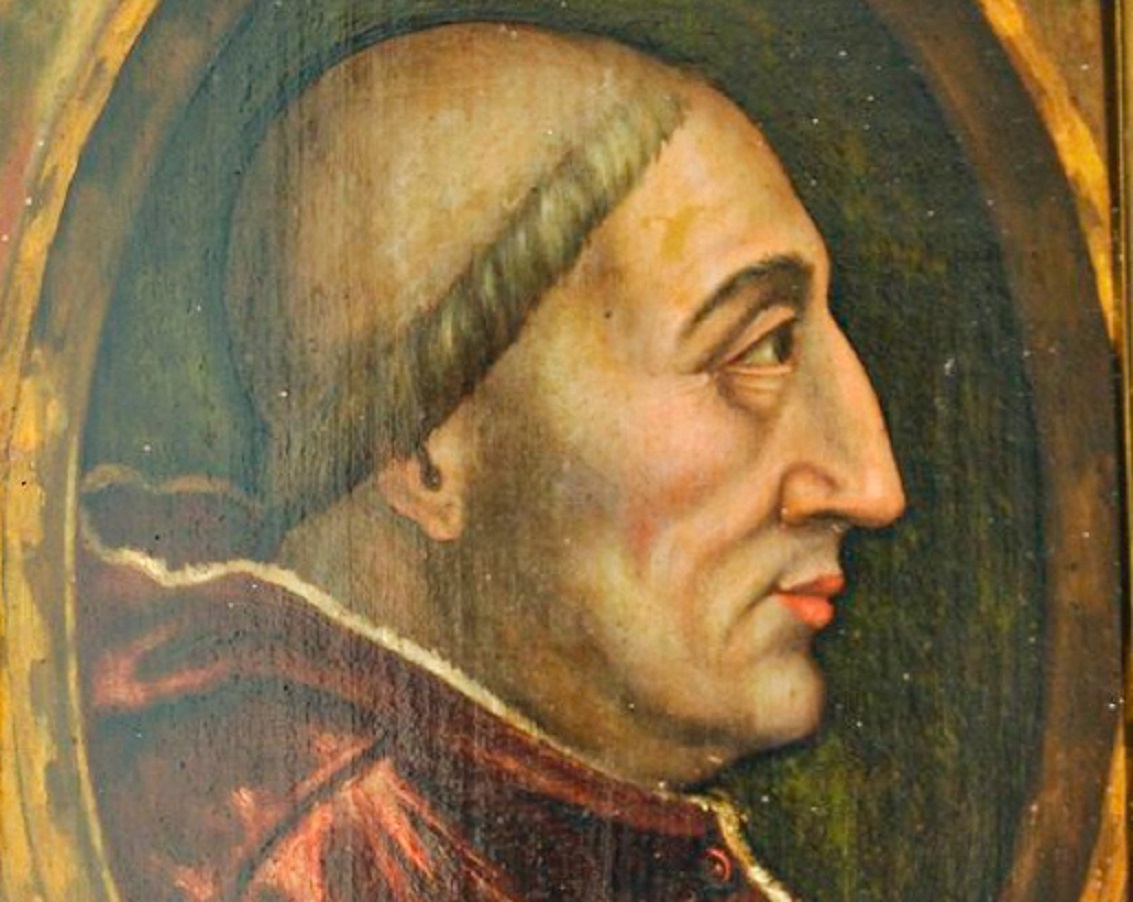 Museo del Monastero delle Orsoline, Wikimedia Commons
Museo del Monastero delle Orsoline, Wikimedia Commons
22. He Forced His Wife To Use His Name
To add insult to injury to his new wife, Charles VIII forbade Anne from using her original title, Duchess of Brittany. Instead, he insisted on her official and only title being “Queen of France”. Pretty soon, it became obvious that Charles VIII didn’t just look like an ogre. When it came to the women in his life, at least, he acted like one too.
 Bibliothèque nationale de France, Wikimedia Commons
Bibliothèque nationale de France, Wikimedia Commons
23. He Was Never At Home
Given how it all went down, Charles VIII and Anne of Brittany had an unsurprisingly rocky marriage—and that’s putting it mildly. For starters, Anne of Brittany had been quite serious about the whole “two beds” thing. For most of their marriage, Charles VIII and Anne of Brittany lived miles apart.
Somehow, Charles VIII still managed to get what he wanted.
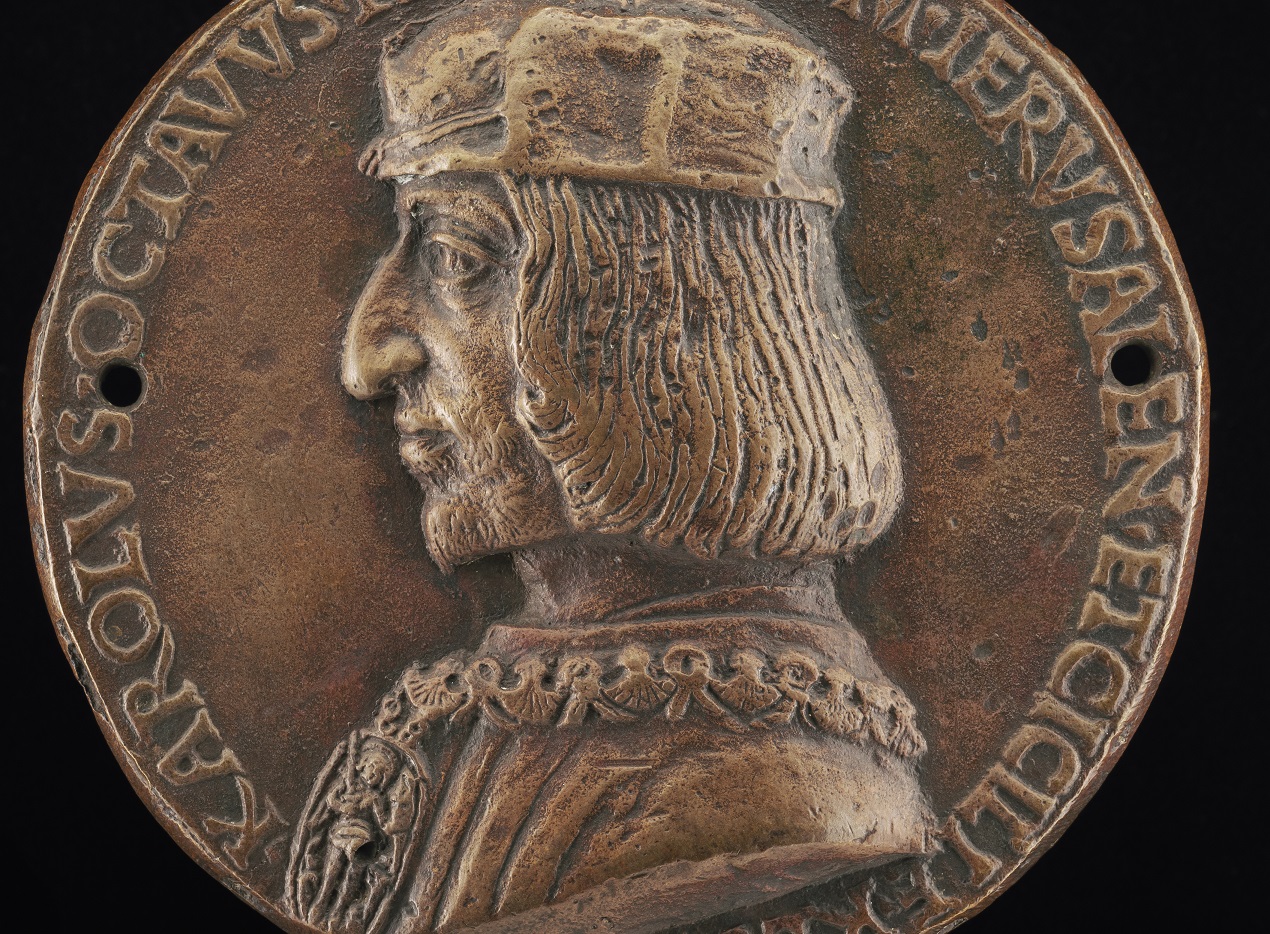 Niccolò di Forzore Spinelli, Wikimedia Commons
Niccolò di Forzore Spinelli, Wikimedia Commons
24. He Kept His Wife Pregnant
Despite the fact that Charles VIII and his reluctant wife lived apart most of the time and had separate beds, they still managed to get busy. Charles VIII kept Anne almost permanently pregnant throughout their marriage. Despite six pregnancies, however, Charles VIII never managed to produce the one thing he needed most: an heir.
 Photo own work, Wikimedia Commons
Photo own work, Wikimedia Commons
25. He Had A Beautiful Boy
Charles VIII’s first child was Charles Orland, Dauphin of France. Mercifully, everyone remarked that little Charles was nothing like his father. From the time that Charles Orland was born, Charles VIII marveled at his little wonder. He remarked that his son was “bold and courageous” and imagined him taking over the throne.
Alas, it was not to be.
26. He Lost His Heir
Much like many of his own older siblings, none of Charles VIII’s children survived into adulthood. Or even adolescence. Despite his best efforts to protect Charles Orland from an outbreak of measles, the young Dauphin caught the illness and succumbed to it at the age of three. Both Charles VIII and Anne of Brittany threw themselves into despair.
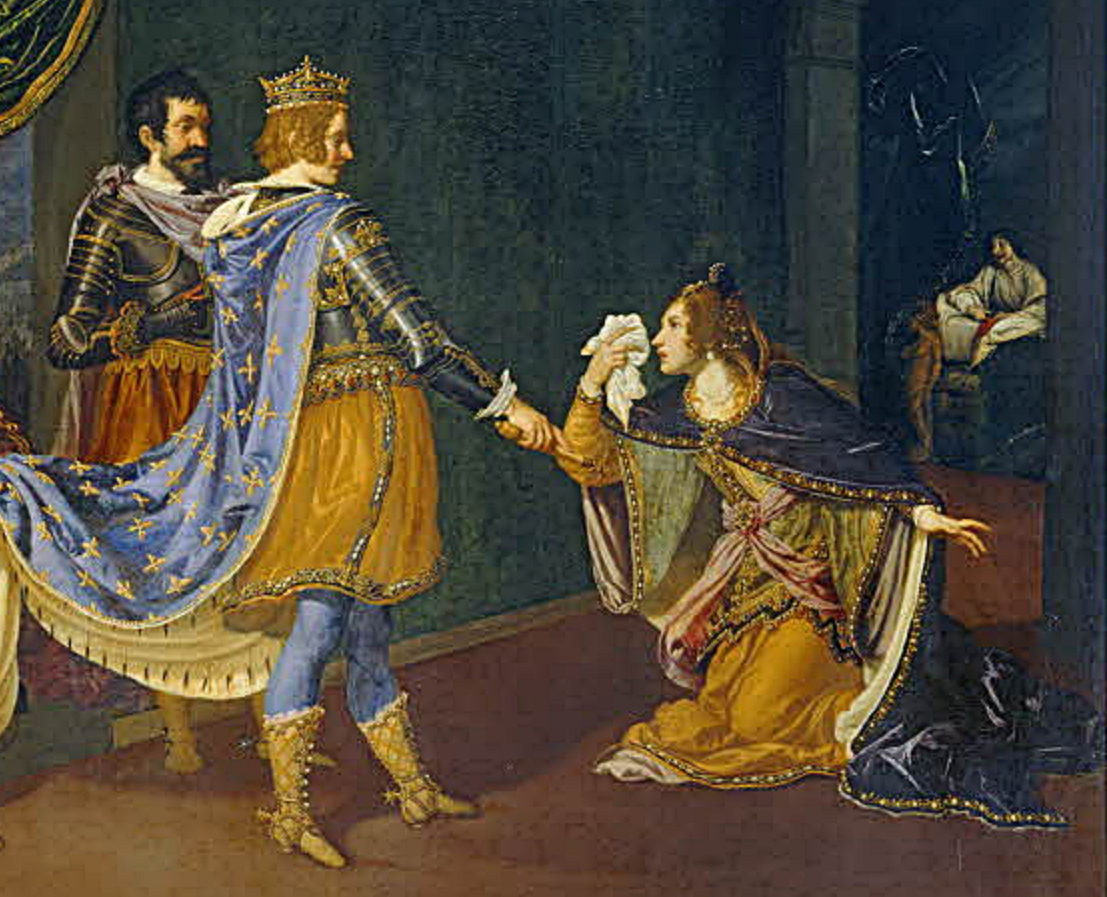 Giovanni Bilivert, Wikimedia Commons
Giovanni Bilivert, Wikimedia Commons
27. He Took His Children Away
With the only bright spot in their marriage buried six feet in the ground, Charles VIII and Anne of Brittany drifted even further apart. After the loss of five more children, he continued to treat his wife quite poorly. Despite getting (and keeping) her pregnant, he deprived Anne of most of her powers as Queen of France. In fact, he often kept her separated from their infant children.
 Bibliothèque interuniversitaire de Santé, Wikimedia Commons
Bibliothèque interuniversitaire de Santé, Wikimedia Commons
28. He Ordered People To Climb Mountains
Charles VIII had a way of challenging the people around him, not just Anne of Brittany. While on a pilgrimage, he spotted the 6,800-foot tall Mont Aiguille in the French Prealps. He then ordered his servant, Antoine de Ville, to summit the mountain in the first ever record of modern mountaineering. He was no slouch himself.
 Bdenis, CC BY-SA 3.0, Wikimedia Commons
Bdenis, CC BY-SA 3.0, Wikimedia Commons
29. He Became King Of Naples
At the behest of Pope Innocent VIII, Charles VIII launched a campaign to conquer the Kingdom of Naples in southern Italy. With his artillery-heavy army, he embarked on a shock-and-awe campaign that laid bare his ogre-like barbarism for all of Europe to see. His brief reign as King of Naples was sordid and seedy.
30. He Was A Monster
Unsurprisingly, the majority of Italians were not big fans of Charles VIII. He had, after all, blasted and brutalized his way through their beautiful peninsula just to crown himself King of Naples. They openly described the French king as “monstrous”—and they were not simply referring to his savage conquest of their territory.
31. He Wasn’t Too Bad On The Eyes
Given his reputation, the Italians must have imagined that Charles VIII had three eyes, green skin and cloven feet. But, upon meeting the infamous French King, one of the Italian nobles remarked that Charles VIII was “not as deformed as our people describe him”. Maybe he was just trying to be kind to his new conqueror.
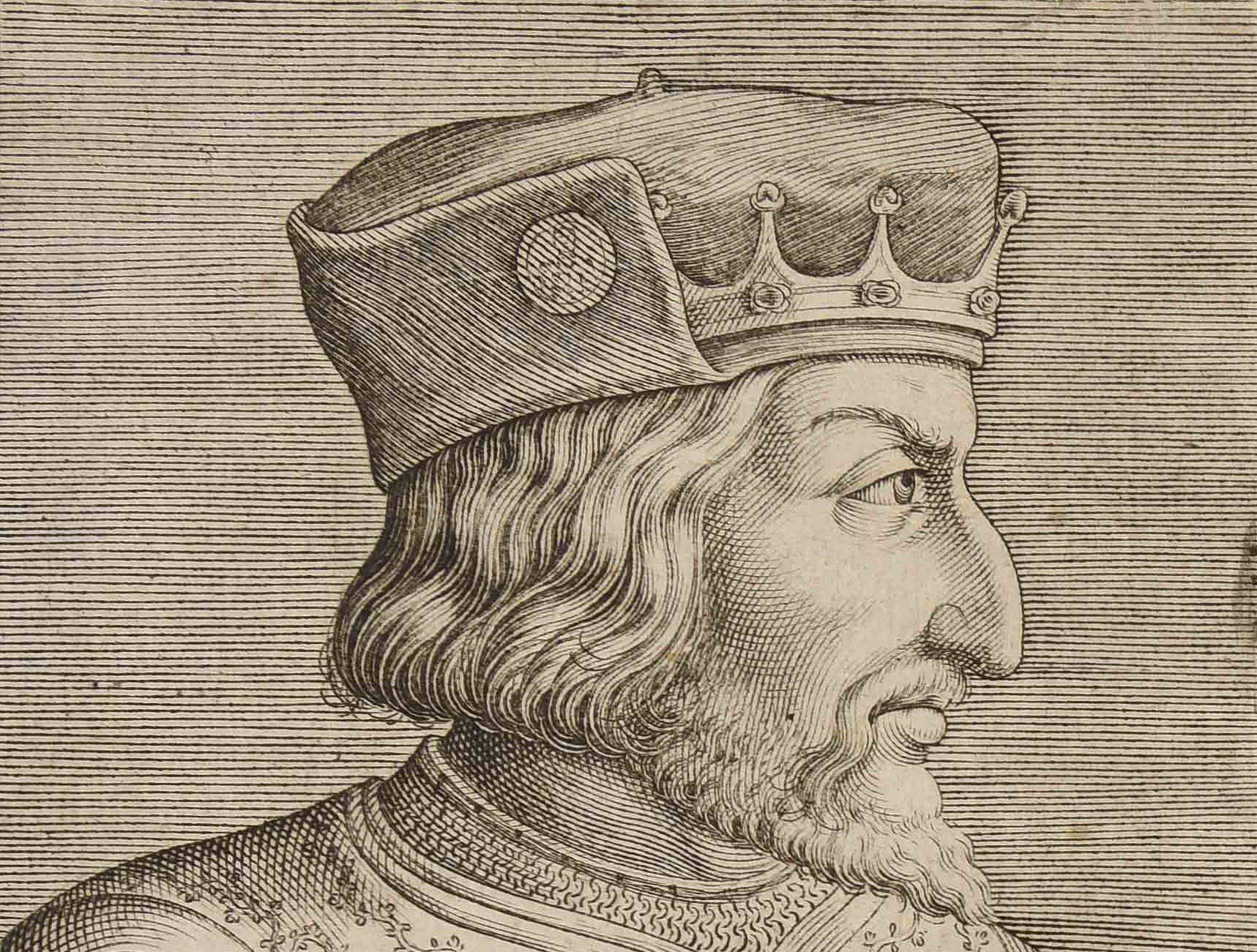 Aliprando Caprioli, Wikimedia Commons
Aliprando Caprioli, Wikimedia Commons
32. He Was A Tiny Man
There’s debate as to whether or not Napoleon Bonaparte was genuinely short. But no historians question the stature of Charles VIII. All of his contemporaries remarked that he was noticeably—and almost laughably—short. That probably contributed to the perceived grandeur of his enormous head. It’s not like he had much support either.
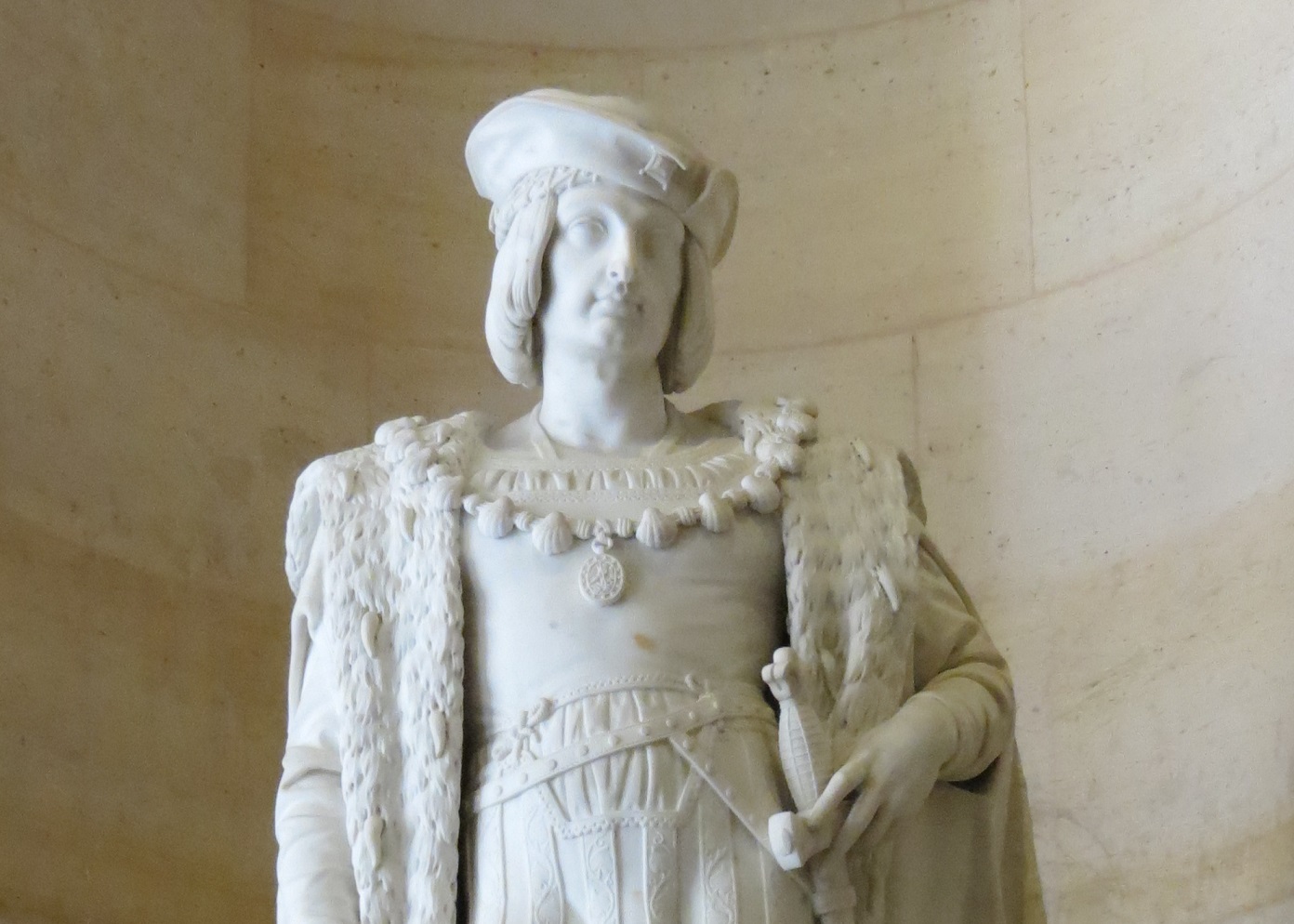 Giogo, CC BY-SA 4.0, Wikimedia Commons
Giogo, CC BY-SA 4.0, Wikimedia Commons
33. He Had Stubby Legs
In addition to his globe-sized head and tiny stature, Charles VIII had other physical afflictions that made those around him recoil in disgust. Allegedly, the French King had conquered the Kingdom of Naples on a pair of stubby, crooked legs. Given his body’s odd proportions, it’s a wonder that he managed to stay upright.
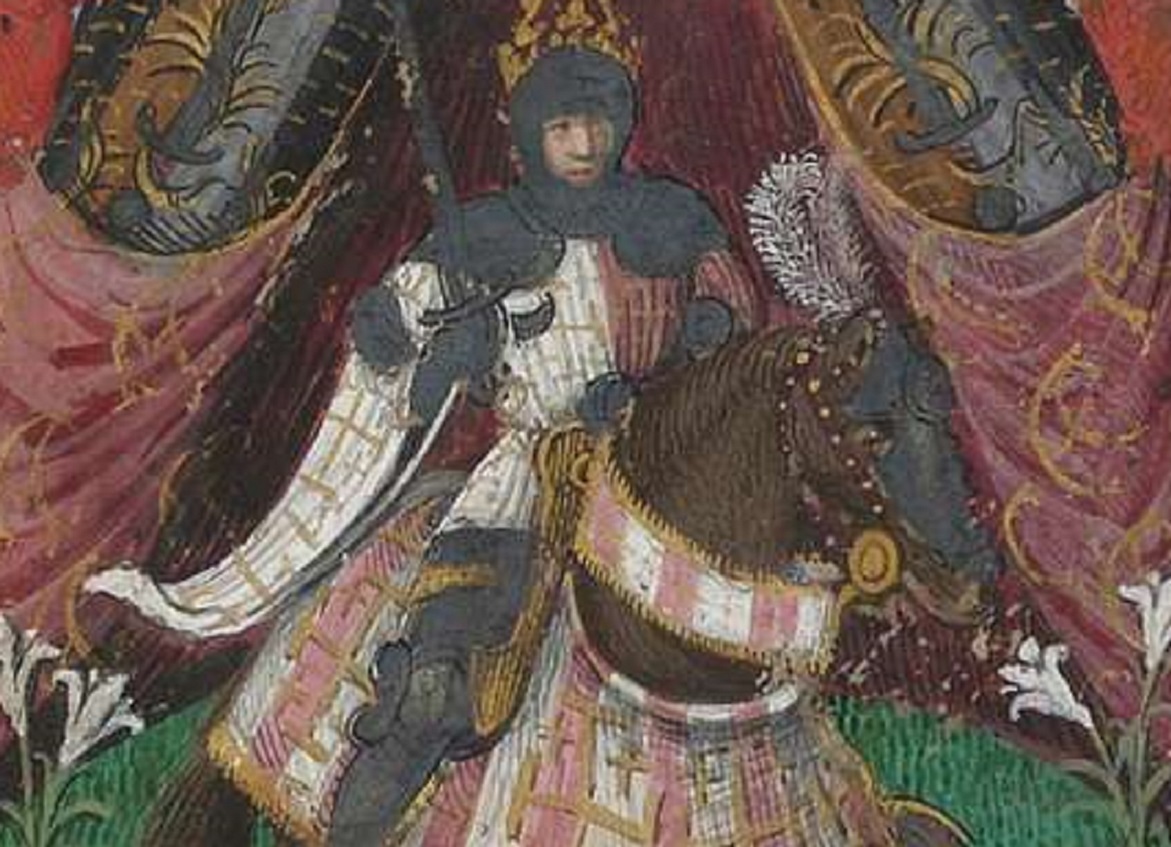 Bibliothèque nationale de France, Picryl
Bibliothèque nationale de France, Picryl
34. He Had Extra Toes
Most sources, both historical and contemporary, make Charles VIII sound like the cartoon version of an ogre—minus, perhaps, the green skin. But there was one description of his physical appearance that was truly shocking. Allegedly, Charles VIII had six toes on each foot.
Nevertheless, his physical deformities didn’t hold him back with the ladies.
35. He Sample The Italian Flavors
Charles VIII was almost as infamous for his ogre-like appearance as he was for his unrepentant womanizing. For the poor women of Italy, after his conquest, he unleashed his full lustful appetit. The Venetian historian, Marin Sanudo, put it gently when he wrote that Charles VIII “tried various types of women here in Italy”.
They weren’t always willing.
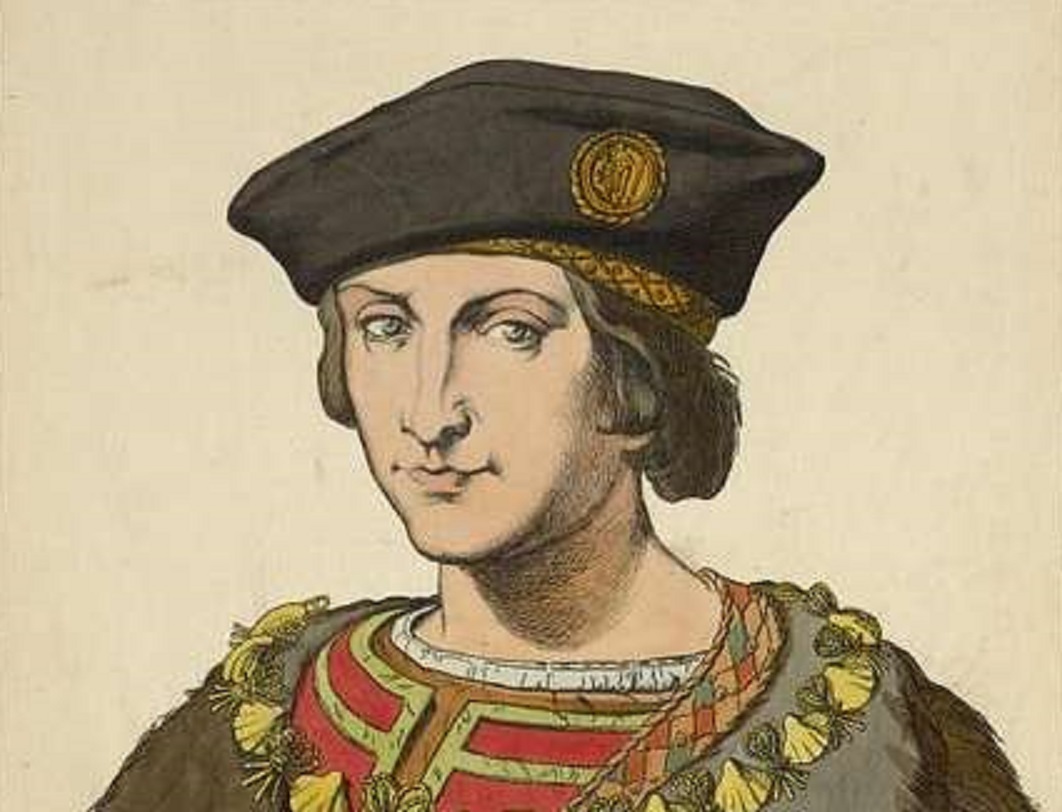 New York Public Library, Picryl
New York Public Library, Picryl
36. He Wasn’t Exactly Charming
It probably goes without saying that not many—if any—women wanted to sleep with Charles VIII. He was basically the anti-Casanova. So, when his limited charms failed to woo the women he wanted, he resorted to other means. The chronicler Girolamo Priuli kept a detailed record of Charles VIII’s unscrupulous appetites in Italy.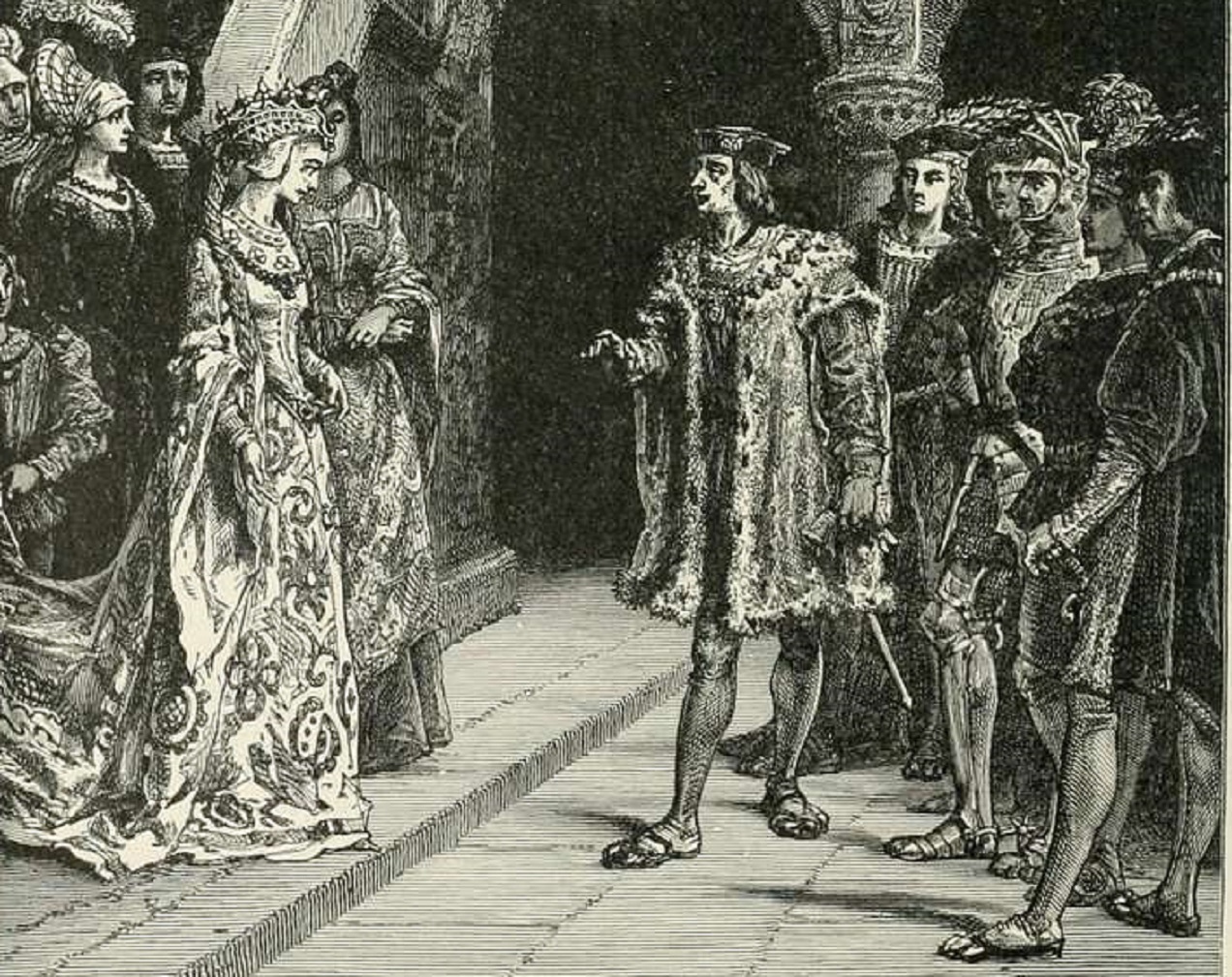 University of California, Picryl
University of California, Picryl
37. He Went After Married Women
Priuli mentioned that Charles VIII was a “hit it and quit it” kind of king who, for the most part, tried to avoid other mens’ wives. But, sometimes his boorish, ogre-like nature got the better of him. As Priuli put it, Charles VIII “used also tyranny to take the virgins and the wives of others” when his baser appetites got the better of him.
Some Italians used Charles VIII’s appetite for women against him.
 Diagonal Tv, Isabel (2011-2014)
Diagonal Tv, Isabel (2011-2014)
38. He Kissed 80 Ladies At Once
When Duchess Beatrice d'Este arrived in Naples, she knew exactly how to manipulate him. She arrived with an offering of 80 of the prettiest women from all of Milan. Charles VIII insisted on kissing each woman on the lips and later paid some of them for their…”services”.
But the Duchess’ real gift was one that would stick with Charles VIII for life.
 Leonardo da Vinci, Wikimedia Commons
Leonardo da Vinci, Wikimedia Commons
39. His Womanizing Angered Italians
Charles VIII’s devastating advance through Italy had shocked and stunned some of the other Italian duchies and republics. Moreover, his rampant womanizing was beginning to make them sick to their stomach. So, while Charles VIII was basking in his victory in southern Italy in the presence of hundreds of women, the northern Italian states conspired against this French menace.
 Diagonal Tv,Isabel (2011-2014)
Diagonal Tv,Isabel (2011-2014)
40. He Was Trapped In Italy
Charles VIII barely had enough time to make his way through the brothels of Naples before the rest of Italy turned against him. In a twist befitting a fairytale, the townsfolk gathered their pitchforks against the ogre. The northern Italian states formed the League of Venice and trapped Charles VIII in the south in the Kingdom of Naples.
He had no way out.
 Diagonal TV, Isabel (2011-2014)
Diagonal TV, Isabel (2011-2014)
41. He Barely Made It Out Alive
Once again, Charles VIII’s enemies had underestimated him. Against all of the odds, he managed to punch his way through northern Italy all the way back to France, inflicting heavy losses on the Italian states as he went. Unfortunately, he lost all of the territory that he had gained in the conquest—and almost all of the treasure.
 Diagonal TV,Isabel (2011-2014)
Diagonal TV,Isabel (2011-2014)
42. He Didn’t Leave Empty-Handed
Even though Charles VIII had lost the Kingdom of Naples—and his endless supply of women—he wasn’t exactly leaving Italy empty-handed. Although he might have preferred that. Priuli recorded that Italy’s parting gift to Charles VIII for all of his womanizing was the dreaded and incurable “coast sickness”. We know that today as syphilis.
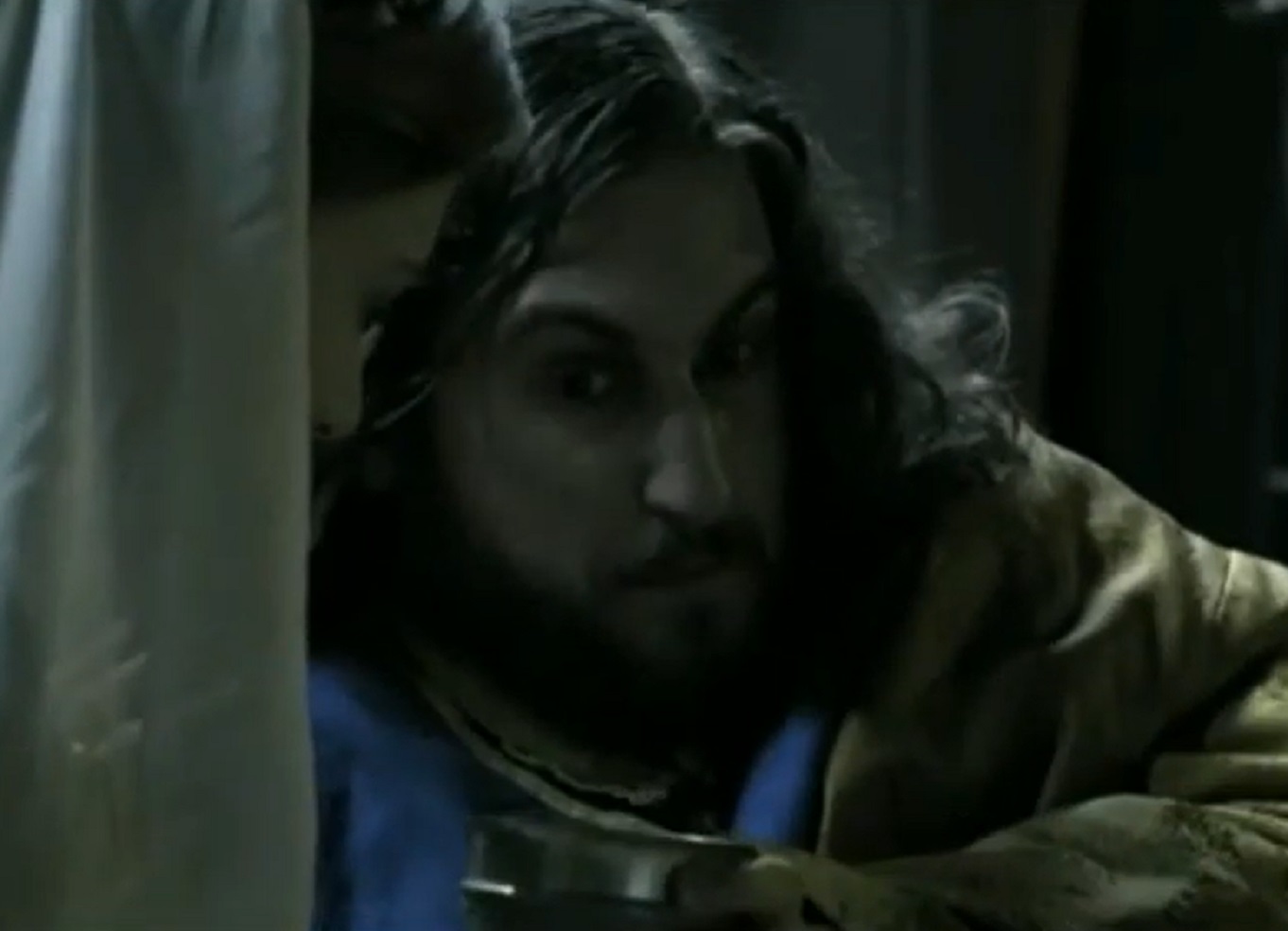 Diagonal TV, Isabel (2011-2014)
Diagonal TV, Isabel (2011-2014)
43. He Was No Match For A Door
Whether it had been his father, his sister and the French courtiers, the Holy Roman Emperor, or the Italians, Charles VIII always managed to defy his detractors. Even though the League of Venice had succeeded in running him out of Italy, he seemed more or less impervious—syphilis aside, of course. But he was no match for a door.
 Diagonal TV, Isabel (2011-2014)
Diagonal TV, Isabel (2011-2014)
44. He Watched The Game
Charles VIII settled back into life at court in France, but he had fewer remaining days than he thought. While making his way to a rousing game of jeu de paume (i.e. tennis before it was tennis), Charles VIII bumped his head. He walked right into a lintel (a kind of decorative door frame) and clearly caused himself some serious damage. Diagonal TV, Isabel (2011-2014)
Diagonal TV, Isabel (2011-2014)
45. His Reign Came To An End
Despite the nasty bump on his head, Charles VIII managed to watch the game of jeu de paume in relative peace. He must have thought that his accidental head injury was nothing more than a little booboo. Unfortunately for him, however, when the rousing game was done, so was his 15-year reign of defiance, tyranny, and womanizing.
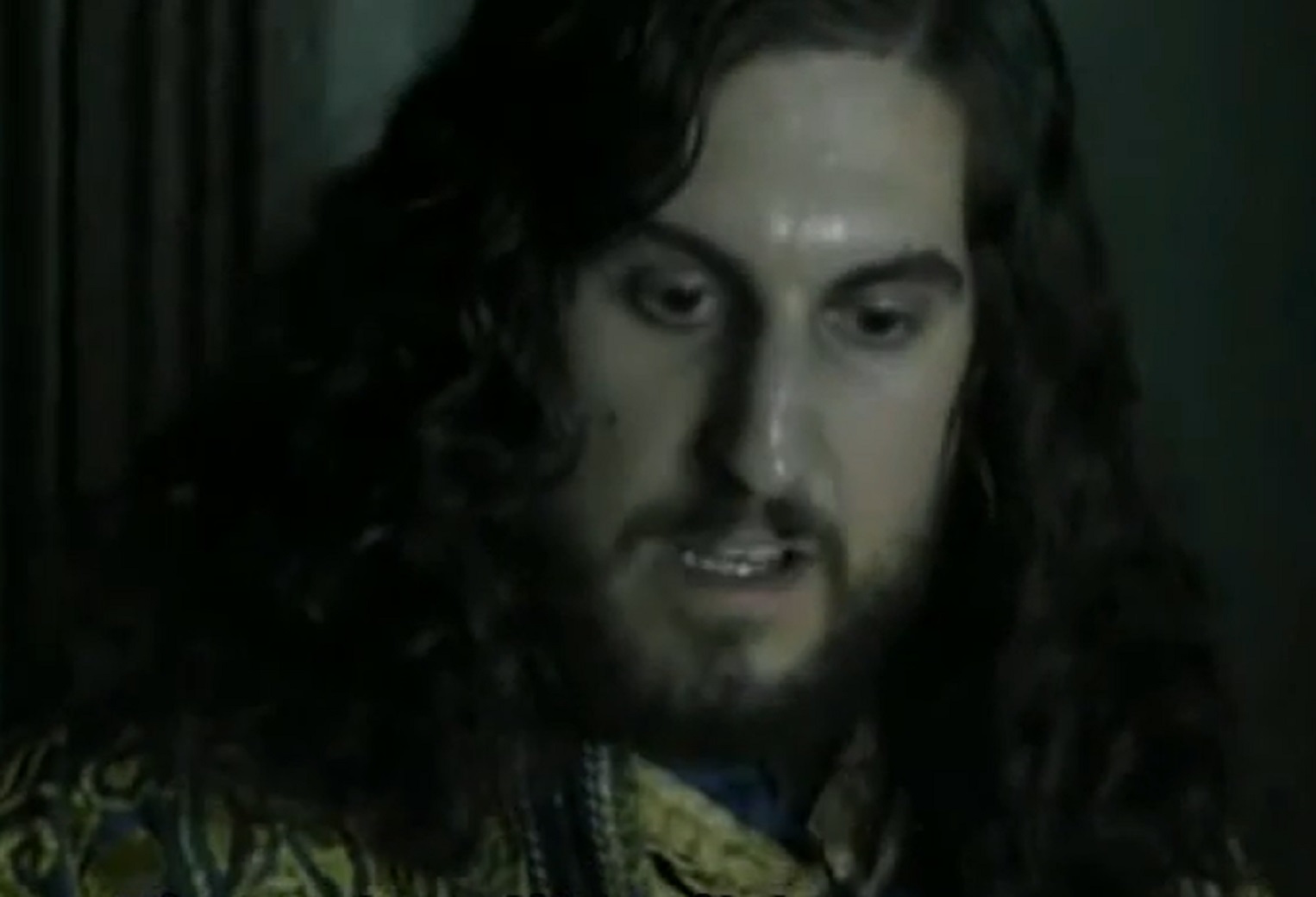 Diagonal TV, Isabel (2011-2014)
Diagonal TV, Isabel (2011-2014)
46. He Slipped Into A Coma
As the clock struck 2:00pm, Charles VIII finally met an enemy he couldn’t beat. Seemingly without explanation, a veil of darkness descended upon him and he slipped into a coma. Nine agonizing hours later, the ogre King breathed his last breath, leaving behind a kingdom without an heir and a legacy shrouded in controversy and contradictions.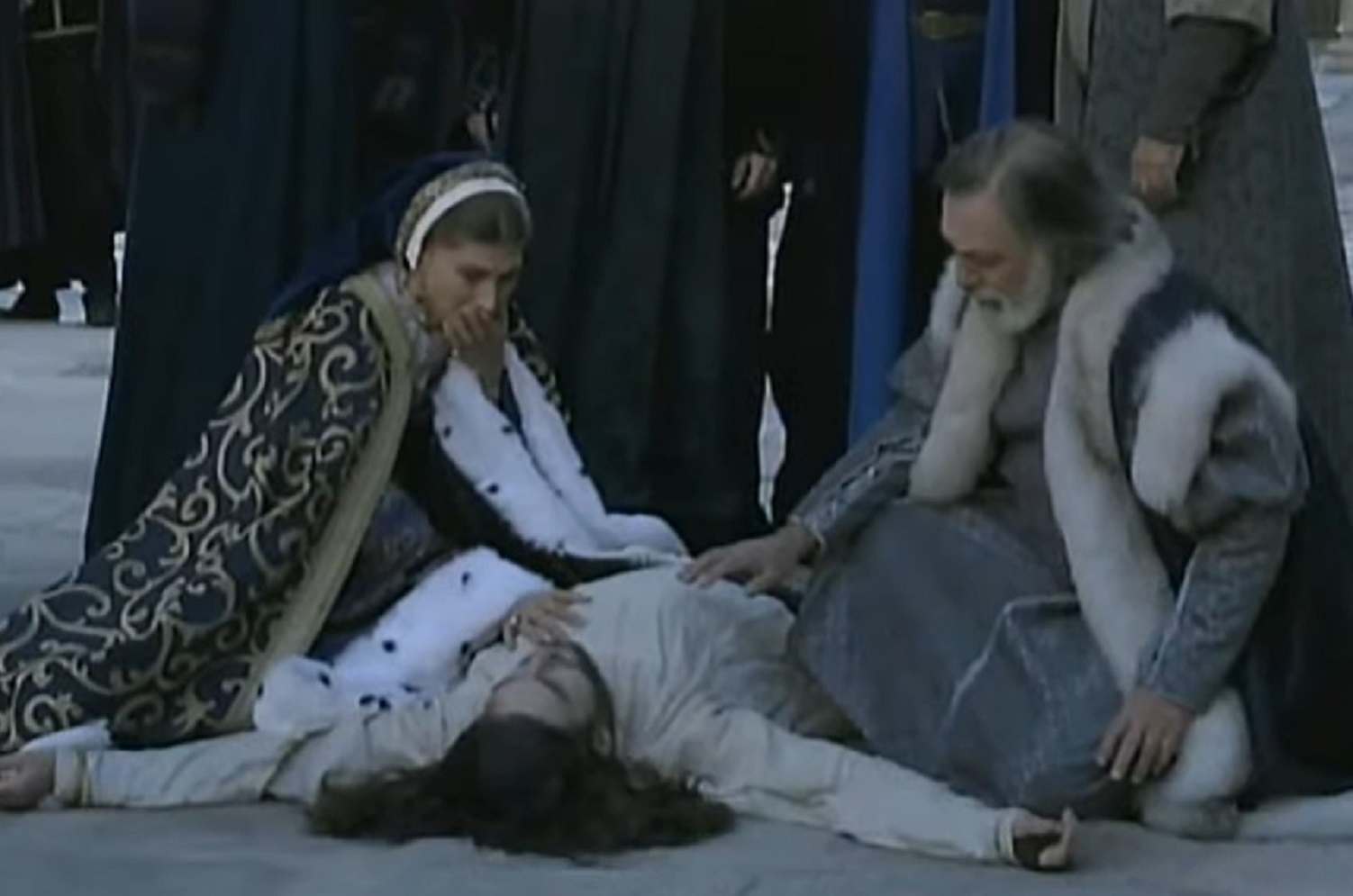 Diagonal TV, Isabel (2011-2014)
Diagonal TV, Isabel (2011-2014)
47. He Was A Contradiction
Charles VIII left behind no heirs. But his legacy was pregnant with controversy. According to most sources, he was a hideous, womanizing, foolish mouth-breather with chronically poor health, trembling hands and a barbarous disposition. The only thing bigger than his giant head was his outsized ego. Other accounts, however, paint a different picture.
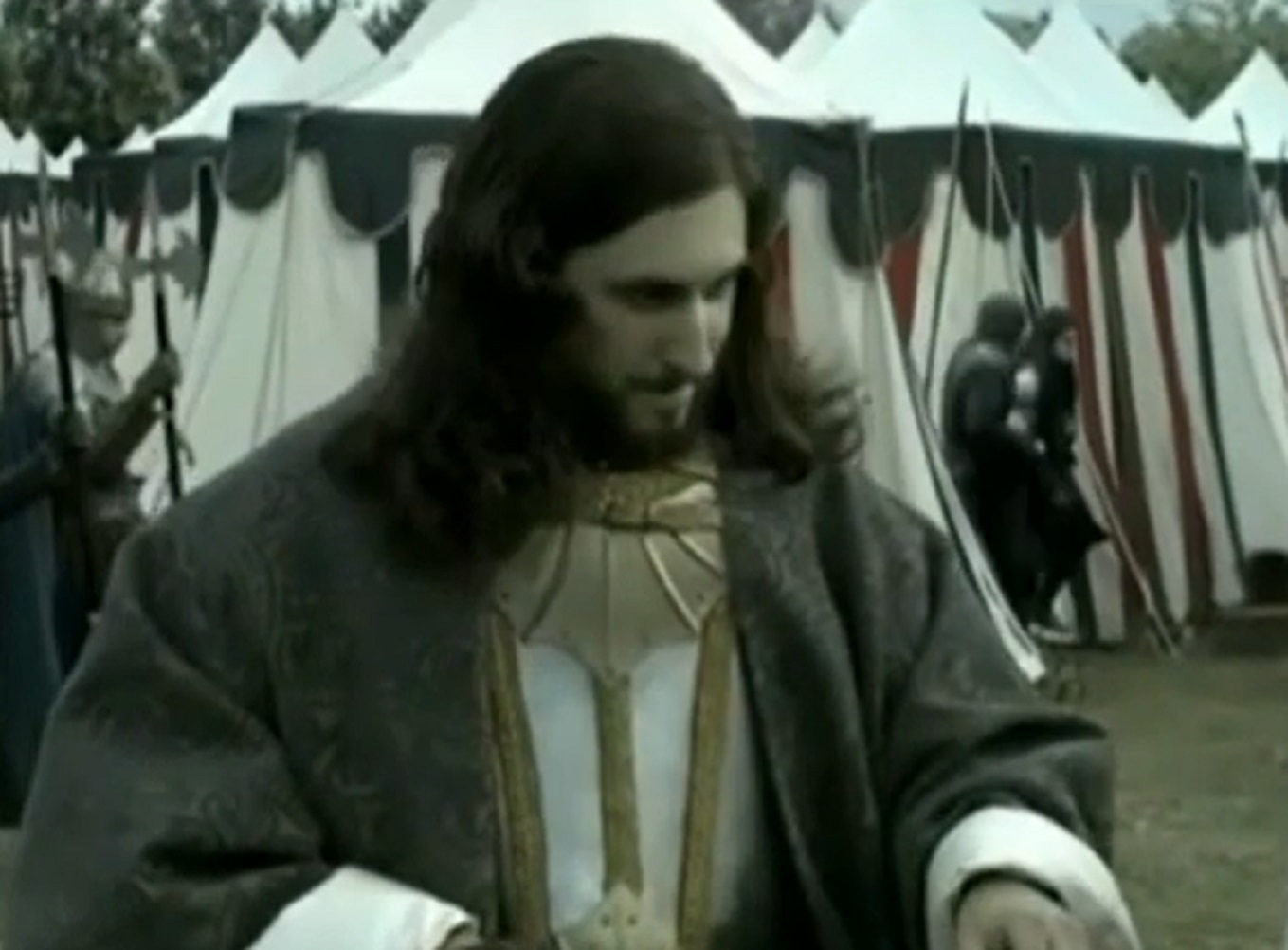 Diagonal TV, Isabel (2011-2014)
Diagonal TV, Isabel (2011-2014)
48. He Was A Man Of Few Words
For a womanizing ogre, Charles VIII seems to have actually been quite reserved. According to some sources, Charles VIII was a soft-spoken man of few words. Apparently, the stubby-legged King of France had difficulty expressing himself. When he did manage to say what he truly felt, he seems to have had the heart of a poet.
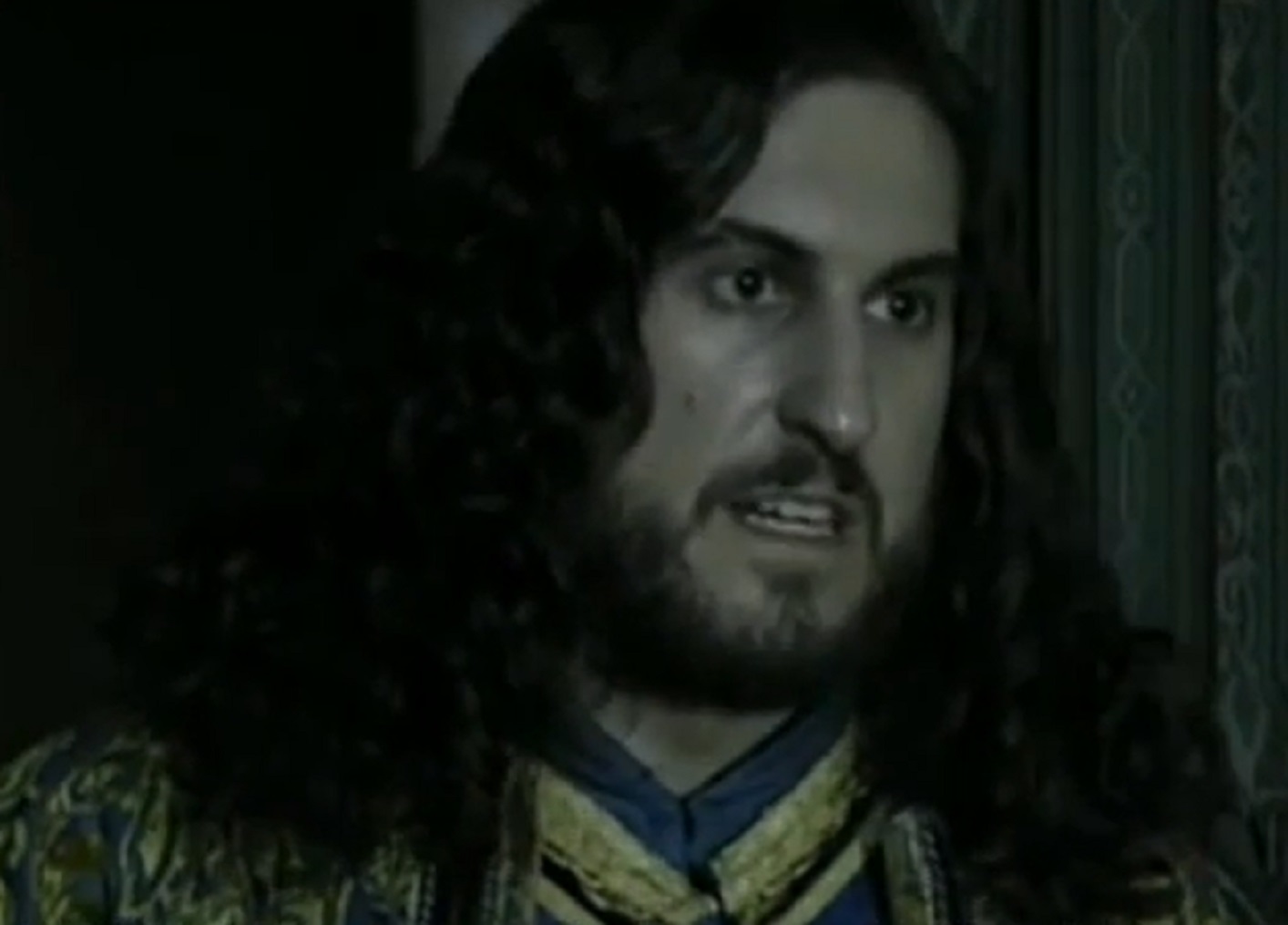 Diagonal TV, Isabel (2011-2014)
Diagonal TV, Isabel (2011-2014)
49. He Was “Affable” And “Courteous”
No matter which contradictory sources you turn to, everyone agreed that Charles VIII was objectively ugly. But, just because he looked like an ogre, doesn’t mean that he always acted like one. When people weren’t insulting his physical appearance, they were actually complimenting his personality. History has given Charles VIII the epithets of “Affable” or “the Courteous”.
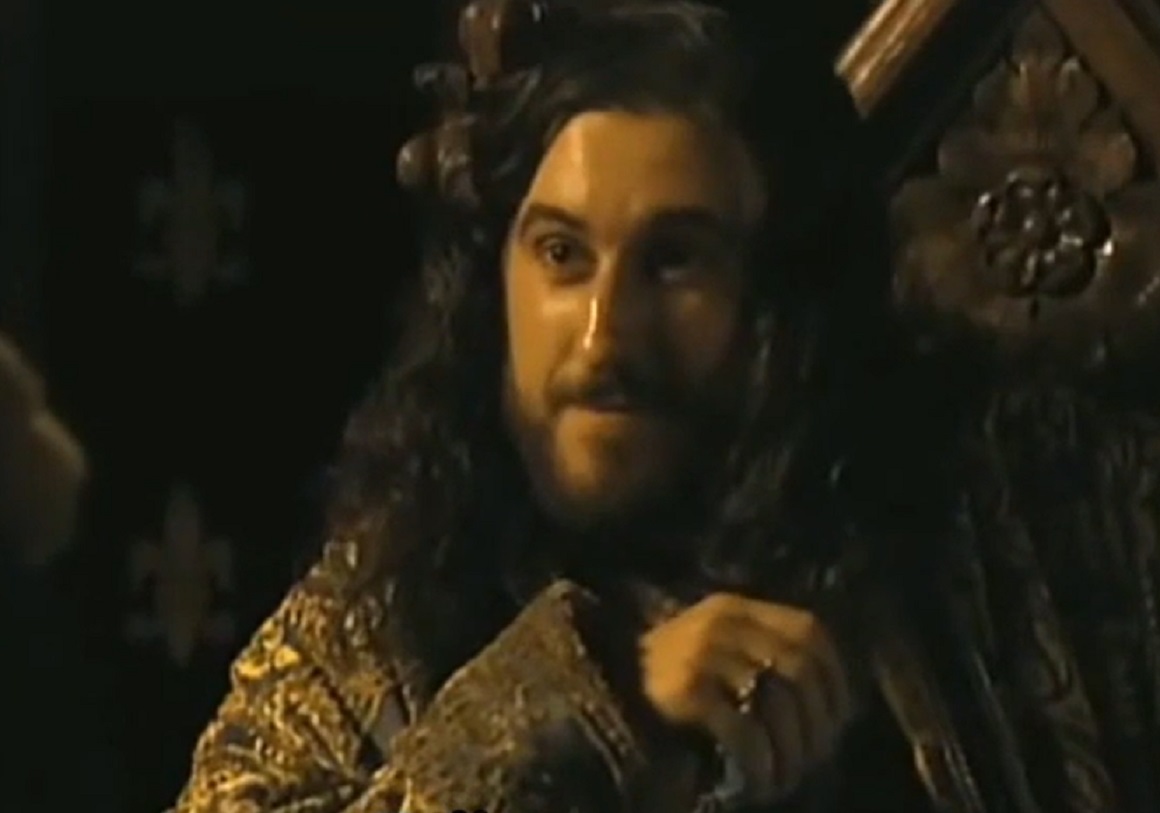 Diagonal TV, Isabel (2011-2014)
Diagonal TV, Isabel (2011-2014)
50. He Was The Best “Creature”
This revisionist view of Charles VIII isn’t just the opinion of modern historians. Even contemporary sources paint the image of a gentle, if hideous, little man. The historian Philip of Comines, for example, wrote, “there was never a man so petty of body and unintelligent as the king, but it was not possible to find in the world a better creature than himself”.
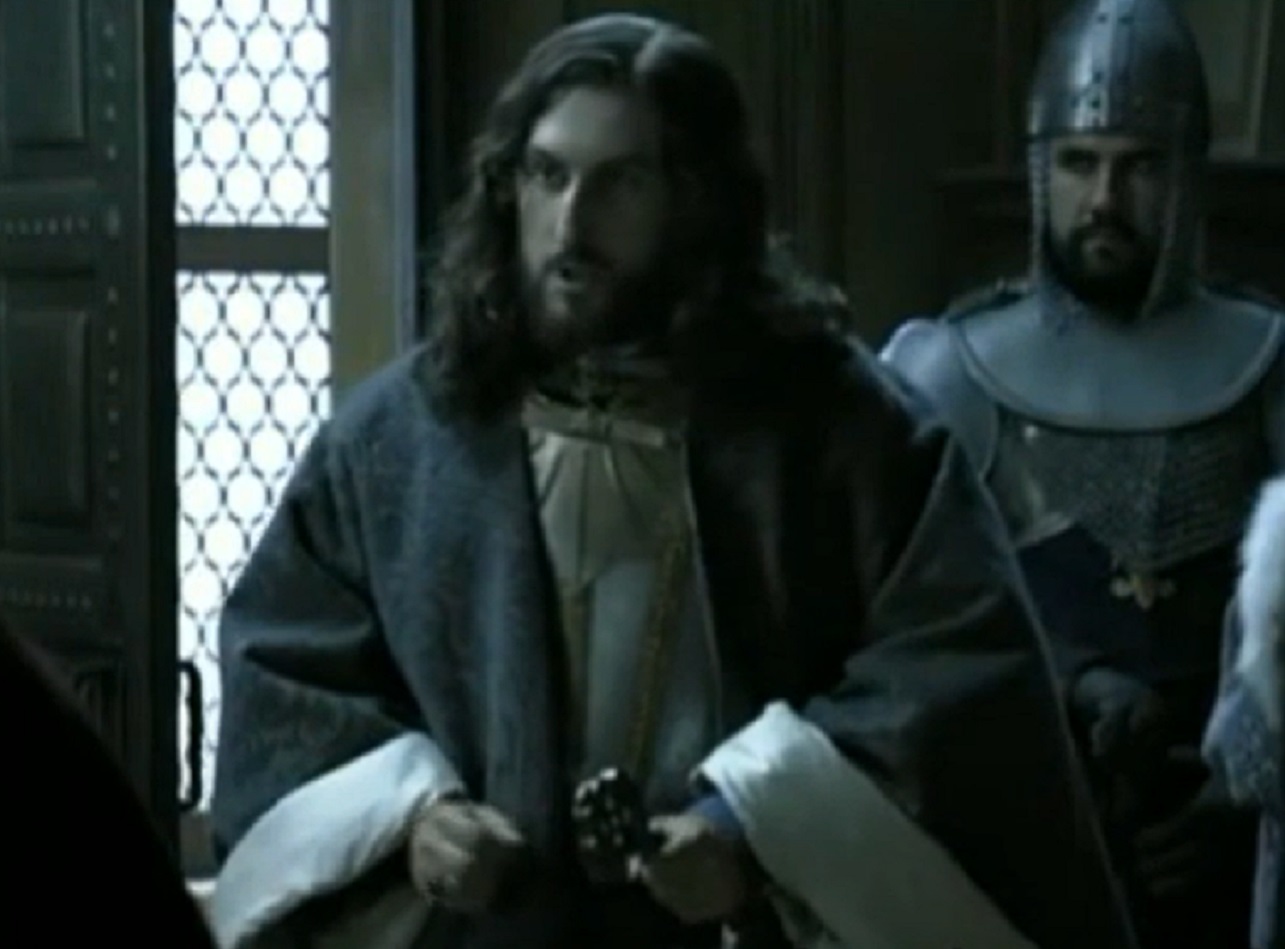 Diagonal TV, Isabel (2011-2014)
Diagonal TV, Isabel (2011-2014)
You May Also Like:
Empress Matilda, The Warrior Princess
The Onna-Bugeisha, Japan's Lethal Warrior Women
Nzinga, Africa's Fierce Warrior Queen

